Canon EOS R3 Review
Dustin Abbott
December 13th, 2021
The Canon EOS R5 (my review here) and EOS R6 (my review here) cameras showed that Canon was serious about the full frame mirrorless space. The former remains one of the best jack-of-all-trades cameras ever made, possibly bested only by the extremely expensive Sony Alpha 1 (my review here). The EOS R6 was a very effective budget sports and general purpose camera, with great tracking abilities that equaled the far more expensive EOS R5. But what Canon didn’t have (and few other companies have either) is a high end pro sports mirrorless body with an integrated battery grip design. Canon has solved that with the release of the Canon EOS R3, a 1D style camera but with all of Canon’s latest mirrorless tricks…and a few new ones.
The large, bulky integrated grip design definitely polarizes the audience. For some photographers this is the only style of camera body that they like. They prefer the redundant controls for vertical shooting, the battery life that gets them thousands of images between charges, and the robust weather sealing that only such a large body can afford (Canon touts 1DX III levels of weather sealing on the EOS R3). Other photographers find such a camera body unnecessarily heavy and bulky and far more difficult to transport. It’s certainly true that your carrying solutions are vastly limited when your camera is this much larger than the moderately sized Canon EOS R5.
But the EOS R3 takes Canon’s sports technology to new levels, featuring a brand new 24MP backlit stacked CMOS sensor and an incredible 30FPS burst rate. Both the resolution and burst rate bests any 1D series camera, and the kind of images you can effortlessly get with the EOS R3 is enough to put a smile on anyone’s face:
This image was one of many in yet another 30FPS burst, and most impressive is that this shot was captured when the charging dog was almost too close for me to capture anymore. Just a few frames later she was completely out of frame. This may be the best autofocusing camera I’ve ever used, and that is compounded by a very innovative new feature – Eye Control AF, where the camera literally focuses on whatever your eye is looking at. While your experience using this technology may vary, my personal experience was that I loved it. It essentially took the place of my putting a finger on the screen and overriding the default focus position…except this was faster and more intuitive. I literally focused on this dried plant by looking at it…
The EOS R3 won’t be for everyone. It’s far more camera in terms of both size and performance than many people need, and it’s price point of nearly $6000 USD ($8000 CDN here in Canada) dictates that this is a camera that few photographers can afford as well. But for certain photographers, the EOS R3 will be the camera they have been desperately looking for. You can watch my long format definitive review or shorter standard review to see my thoughts…or just read on.
Follow Me @ Patreon | My Newsletter | Instagram | Facebook | DA Merchandise | Flickr | 500px
Thanks to Camera Canada for quickly getting an EOS R3 loaner for me. I’ve purchased both my Canon EOS R5 and Alpha 1 from them, and they’ve provided top notch customer service. If you are in Canada, be sure to check them out!
Canon EOS R3 Features and Specification
Here’s a quick look at some of the highlights from the EOS R3:
- 24MP Full-Frame Stacked BSI CMOS Sensor
- Dual Pixel CMOS AF II, Eye Control AF
- 6K60 Raw and 4K120 10-Bit Internal Video
- 30 fps E. Shutter, 12 fps Mech. Shutter
- Digic X Processor
- Native ISO range of range from ISO 100-102400 (expandable to ISO 50-204800)
- Top shutter speed (electronic) of 1/64,000th
- 5.76m-Dot EVF with 120 fps Refresh Rate
- 3.2″ 4.2m-Dot Vari-Angle Touchscreen LCD
- Sensor-Shift 5-Axis Image Stabilization
- Multi-Function Shoe, Built-In Vert. Grip
- CFexpress & SD UHS-II Memory Card Slots
- Wired LAN and 5 GHz Wi-Fi Support
While the Sony Alpha 1 pioneered some of the high end specs we see here, the EOS R3 has some unique tricks up its bulky sleeves, including a killer touchscreen, deeper buffers, and that Eye Control AF that we mentioned. First, however, let’s take a look at the physical design of the camera.
We saw previously that the EOS R3 dwarfs the more standard EOS R5, but the truth of the matter is that this camera is actually considerably smaller than a 1Dx:
It is actually 8mm narrower and a whopping 25mm shorter, and weighs 425g less. That makes it about 19% smaller than the 1DX MKIII. I’m not sure that’s enough to entice those who prefer the standard single grip design, but that 425g difference is enough to seriously feel during a long day of shooting. Let’s not oversell it, though. At 150 x 142.6 x 87.2 mm (WxHxD) and 1015g, this is a seriously big camera.
You may have noticed that beautiful articulating (Vari-Angle) LCD screen swung around for front monitoring. For years I saw arguments in photography message boards that Canon didn’t put the vari-angle screens on their high end cameras because they weren’t robust enough for professional use. I always found that argument to be silly, and it seems Canon is there, too. Canon’s articulating touchscreens are the best in the business, and they have put their best yet on the EOS R3. It’s a big, high resolution screen; 3.2″ and an amazing 4.2m-Dot resolution (the highest I’ve seen in a rear camera LCD). That easily bests the 2.1m dot resolution of the EOS R5’s screen, and let’s not even talk about the A1’s pathetic 1.44m dot resolution screen (a sore spot for me!) This amazing screen makes your images pop when you review them, and I love the flexibility of Canon’s touchscreens. They are more responsive than any other camera brand’s screens to touch, and the vari-angle design means that they work will in both horizontal and vertical shooting positions. I love the LCD on the EOS R3.
The physical controls are essentially a mixture between the 1Dx MKIII and the EOS R5. The back has a lot of the similar design to the 1D (sans the lower LCD screen), with redundant controls for horizontal and vertical shooting positions along with the “Smart Controllers” located on the redundant AF-On buttons. These can be pushed like buttons, but if you rub your finger across them they allow you to (for example) move an AF point around. This works better than the typical touch control on the LCD screen when you are shooting in the vertical orientation.
Like the EOS R5, we have the standard 5 series joystick (x2 here) along with the standard Canon pro camera rear wheel. I like the rear wheel because it gives you three functional control dials PLUS the control ring on the lens. That’s four potential control dials, which gives you a lot of physical control…and you can customize the functions to suit your personal workflow. I really, really enjoy the physical control scheme here. Everything is well situated, moves wells, and just generally works, though with a larger camera it typically works best if you have larger hands.
If you look at the photo above, you’ll note that there is a visible video record button on the back of the EOS R3. The EOS R5 has that record button on the top plate of the camera, but the EOS R3 has it in the same position often used by Sony. What I really like here, though, is that there’s also a switch that allows you to quickly toggle between video and stills function. You have to use the electronic mode button on the EOS R5 to make that switch, and I find the process less logical than a simple switch. I prefer the setup on the EOS R3.
One thing I don’t like is the ON/OFF/LOCK button that is located about two thirds of the way down the back. It doesn’t fall easily to hand, and if you are trying to turn it on with the thumb of your right hand while holding the grip (which would be the natural way in the standard shooting position with your left hand supporting and operating the lens), it requires some true thumb gymnastics, as you need to push the back of switch down. Trying to do this while wearing gloves is even more miserable. I’m also not partial to the position of the Playback, Magnify, and Delete buttons. These are all more conveniently placed on the EOS R5.
A look at the front of the camera reveals a lot of controls. There are are two sets of custom buttons to the right of the lens mount. A pair of these are nominally DOF preview buttons, but they can be programmed to other functions. There are also a pair of M-Fn 2 buttons which are designed to be programmed to a function of your choice. Most buttons on the EOS R3 can be programmed to a different purpose if you so desire. I’ll note that ergonomically these buttons (particularly the lower two) can be a serious reach due to the thick grip unless you have very large hands. On the other side of the lens mount is a N3 style remote release port. Above that is the standard Canon lens release button. Canon continues to employ the very valuable protection screen over the sensor while changing lenses, a feature that Sony has finally copied on the Alpha 1.
The top view of the EOS R3 looks fairly similar to the EOS R5 with a little more space and a few minor tweaks. Canon continues to employ the useful LCD screen on top, an electronic mode dial (which is fine once you get used to it) that is surrounded by the top wheel for controlling shutter speed, aperture, or whatever else you program it to. There are two buttons on the right side, and an additional two on the left side of the hotshoe. Canon has followed Sony’s lead and the hotshoe is now a “multi-function” shoe that can also serve to record digital audio through certain mics.
A look at the left side of the camera shows a number of ports underneath nicely sealed covers. You’ll find Hi-Speed USB (USB Type-C 3.2 Gen 2), Ethernet (RJ-45), HDMI micro OUT terminal Type D (clean HDMI output, resolution switches automatically, CEC not compatible, images can be simultaneously displayed through the HDMI output and on-screen), a 3.5mm microphone input, 3.5mm stereo output (headphone jack), and a PC Terminal. The EOS R3 can be charged via the USB-C connection, but, like the other Canon R series cameras, it requires a charging source with “Power-Send” technology, which unfortunately severely limits what you can use to charge the camera.
Much like the EOS R5, there are two memory card slots beneath a nicely engineered door on the right side of the camera. One is for a CFExpress type B, which gives you massive amounts of potential speed, and a second UHS-II compatible SD/SDHC/SDXC slot. I’m personally using Sony Tough cards for both the CFExpress and SD cards. These have been my cards of choice for the past few years, and I’ve had nothing but flawless performance from them.
I don’t love the fact that CFExpress Type B has not become a standard new media format. My Sony Alpha 1 wants CFExpress Type A cards, which are completely different. Unless manufacturers really coalesce around one particular format, it will be some time (if ever) before we see CFExpress card slots on laptops or in monitors and other such devices that make our workflow simpler. SD has been incredibly convenient for a long time for the simple reason that it became a media standard.
We have a great viewfinder here that may just allow 1DX shooters to forget their optical viewfinders. This is one of my favorite EVFs so far, with both high resolution (5.76 million dot) and the ability to choose a high refresh rate (120FPS) for smooth, fluid tracking of action. This comes at the cost of battery life, but it’s easy to just engage the additional refresh rate for the moments when you need it. It feels like we are getting very close to achieving the clarity of an optical viewfinder but with all the myriad advantages of an electronic viewfinder. It’s great! If you enable the Eye Control AF, you will go through a brief calibration process that might remind you of a visit to an optometrist. It mostly consists of looking at a red dot as it moves to different positions. I had an easy time calibrating it, but your mileage may vary depending on a certain glasses prescription or contact style. The viewfinder specs seems to be the same as the EOS R5 (0.5″, 5.76 million dot), but the viewfinder is externally larger and looks different because of the Eye Control AF tech.
The EOS R3 uses the larger LP-E19 battery style used in the 1Dx. It is a larger capacity battery (2700 mAh lithium). The R5 uses a smaller 2130 mAh battery. The larger battery allows for a much higher shot rating than the EOS R5. If you use the EVF, the LC-E19 is rated for approximately 620 shots (73°F/23°C) in power saving mode and 440 shots in smooth mode. If you use the rear LCD those numbers increase to 960 and 870. To give some perspective, the EOS R5’s battery is rated for only 320 shots using the EVF. Your results are going to wildly varying depending on what you are doing the with the camera. I’m nearly 1000 shots in and my battery still shows nearly fully charged, but about three quarter of those shots were bursts tracking a running dog. I wouldn’t be surprised if you could get thousands of shots from one battery charge in that kind of scenario, but buying a backup is always a good idea.
Canon was slow to the party in adopting In-Body-Image-Stabilization (sensor stabilization). They kept making the argument that lens-stabilization was superior as it could be tailored for the unique needs of that particular lens. There are probably merits to that argument, but the point was often moot, as about half of Canon’s early RF-mount lenses didn’t have IS (Image Stabilization). My long experience with Sony’s IBIS is that some stabilization trumps no stabilization every time. Canon has found a way to effectively marry their sensor stabilization (IBIS) with the lens stabilization (IS) on their lenses and deliver truly incredible amounts of stabilization, and Canon claims up to 8 stops of stabilization with certain lenses that also utilize IS (and even a few that don’t!) I don’t ever actually see results quite that good, but Canon’s IBIS is genuinely excellent. A great case in point was when using the slightly difficult Irix 150mm F2.8 Macro. It’s a great lens if you’re on a tripod, but the combination of that long focal length along with being manual focus only meant that it was difficult to use handheld. But Canon’s IBIS holds things nice and steady while you focus, and I was able to get a good result at 1/20th of a second near macro distances:
That’s about three stops of assistance, though macro adds its own demands. Moving to a more distant target allowed me to get down to 1/10th second handheld (4 stops), which is pretty impressive for what I consider to to be a difficult combination. What’s important, though, is not that I wanted to try to shoot 1/10th of a second shots with this combination, but rather that I can get a nice, stable viewfinder while I focus and then get an effectively stabilized result in a more typical 1/60th-1/100th range. It’s worth noting that this along with Canon’s innovative “Focus Guide” makes manual focus perhaps more fun that I’ve ever experienced previously.
Using the Canon RF 70-200mm F2.8L IS I was able to get easily repeatable results of 1/6th second handheld at 200mm (five stops) like this one:
I suspect I could get another stop or two lower if I were so inclined. I also noted that when I used the Canon EF 35mm F1.4L II for video work, I was able to get nicely stabilized results that were dramatically worse if I turned off the IBIS. There’s no question that Canon has nailed their IBIS system in their newest cameras.
The EOS R3 utilizes a new texture in the grips that looks a pretty cool and is highly functional. I find the grip more comfortable to hold in the traditional mode as the vertical grip isn’t quite as ergonomically contoured and you have to contend with the flat bottom plate about midway through your palm. If you like the larger integrated vertical grip style body, I suspect you will really like the ergonomics of the EOS R3. Canon does ergonomics well, and the EOS R3 is loaded with features and controls in its professionally weather-sealed magnesium alloy body.
EOS R3 Autofocus
The EOS R3 builds on the excellent autofocus of the EOS R5 but with a higher end sports refining. We’ve got a 5,940 AF Point, Dual Pixel CMOS AF II system with 1053 available AF zones. It has the EOS ITR AF X deep learning AI focus harvested from the top of the line 1Dx MKIII, and adds vehicle detect to the human and animal eye detect of the EOS R5. This mode is designed for photographers that capture motorsports, and will not only track the vehicle but look for the driver’s head in the vehicle.
Autofocus sensitivity is reaching absurd levels, enabling focus in as little light as -7.5 EV. That is pretty dark – like focusing in the light of a sliver of moon. It can also focus at +20 EV (incredibly bright conditions), which means that the EOS R3 can theoretically focus in an unbelievable 27.5 stops of lighting conditions. Wow! Add to this that the EOS R3 can also focus with maximum apertures as small as F22 (remember when the 5D Mark IV’s F8 was a big deal?), allowing teleconverters to be used with very slow-aperture lenses like the new RF 600mm F11 IS STM and RF 800mm F11 IS STM. I’m not sure how important those marginal performances are to most people, but what it really means is that there are basically no “normal” situations a photographer will find themselves in where the EOS R3 will not be able to effectively focus. Even using the lowly RF 50mm F1.8 STM, I was able to get an accurate autofocus of my youngest in the dark (this is ISO 102,400). Focus wasn’t fast, but it would have better with a wider aperture lens like the RF 50mm F1.2L.
The fact that I was able to accurately autofocus in a situation where I could barely see him was pretty impressive. A more typical ISO 4000 type lighting situation was effortless:
But this is a sports camera, so I spent a fair amount of time testing and analyzing high speed bursts. I used both a native RF 70-200mm F4L IS USM along with my venerable Canon EF 100-400mm F4.5-5.6L IS II via adapter (which works better than ever, by the way!). I compared the EOS R5 and Sony Alpha 1 under the same conditions to see just how good the EOS R3 really is.
It is very, very good.
First of all, you have a blackout free 30 frames per second via the electronic shutter, with 12 FPS if you use the mechanical shutter, though there is increasingly less and less reason to use the mechanical shutter. The mechanical shutter is limited to 1/8000th second shutter speeds, but the electronic shutter allows insane speeds of up to 1/64,000th of a second. It used to be that you couldn’t get decent flash sync speeds with electronic shutters and things like anti-flicker only worked with the mechanical shutter, but neither of these things are true anymore. You can get flash sync speeds of up to 1/180th second with the electronic shutter, while the mechanical Shutter gives you 1/200 sec (up to 1/250th with electronic 1st curtain). Anti-flicker works with the electronic shutter, and the high readout speed of the camera mostly eliminates things like rolling shutter. You can turn off the sound of the shutter altogether if you like in electronic mode, and no active shutter means less vibration and wear and tear (though the shutter is rated up to 500,000 actuations!)
The blazing frame rate allows you to capture many more images in the same amount of time that you could with the EOS R5 and its 20 FPS, and you get deeper buffers to boot. The EOS R3 compares favorably even to the Sony Alpha 1 in the latter regard, though, to be fair, the Alpha 1 is capturing images at an incredible 50 MP.
| Canon EOS R3 | Canon EOS R5 | Sony Alpha 1 |
| 540 JPEG | 350 JPEG | 400 JPEG |
| 150 RAW (420 CRAW) | 87 RAW (180 CRAW) | 238 RAW |
It’s easy to record hundreds of images in a single burst, and the incredible focus system ensures that they are well focused images:
In my tracking sequences I noted that I instinctively preferred the experience of tracking with the EOS R3 compared to either of the other cameras. Both other cameras track extremely well, but the experience through the viewfinder is most compelling with the EOS R3. It’s visual cues in the viewfinder when tracking are more intuitive and make you feel more connected to the action. I also noted that I never saw any actual buffering. I could shoot 140 images in a burst and it seemed like the camera was instantly ready for more.
This nailed shot was at 400mm via the EF 100-400L II:
Eye Control AF seemed useful even when tracking, as my eye would instinctively follow the sometimes erratic movement of the subject, though I suspect the AI tracking would follow the subject anyway.
Eye AF also works a charm, with instant real-time lock on the eyes that stays locked on as you move the camera around or your subject moves. If you miss focus when doing a portrait session, something is wrong! In this shot my cat’s eye was barely visible, but Eye Detect grabbed the eye and delivered a perfectly focused result.
A note on the practical applications of using Eye Control AF. I found this a nice substitute for overriding focus on the touchscreen when autofocus doesn’t initially grab my desired subject. It’s faster and more intuitive, though I found the same limitation that I find with the other technique – sometimes the camera just doesn’t want to grab a foreground object when it is locked already on a background object. Just looking at the right area doesn’t do it. Sometimes I need to first focus on the ground nearby or some other technique to pull focus into the right zone. I do find Eye Control AF nicely intuitive in most situations, but there are still limitations.
Bottom line is that in every metric, this is one of the best focus systems in the world. It’s fast, flexible, accurate, and easy to maximize. The focus system, burst rate, buffer, and tracking capabilities of the Canon EOS R3 are all top notch. This is a camera equally good for portrait, event, wildlife, and sports photographers and takes the excellent autofocus of the R5 to the next level.
EOS R3 Video Specs and Performance
Canon has given us video specs somewhere between the 1DX III and the EOS R5. We don’t have the 8K options that the EOS R5 has (and also that caused its overheating issues!), but we do have a plethora of 6K video options along with very robust 4K options. These include:
- Raw 12-Bit
6K (6000 x 3164) at 23.976p/24.00p/25p/29.97p/50p/59.94p [720 to 2600 Mb/s] - H.265/MP4 4:2:2 10-Bit
DCI 4K (4096 x 2160) at 23.976p/24.00p/25p/29.97p/50p/59.94p/100p/119.88p [85 to 1880 Mb/s]
UHD 4K (3840 x 2160) at 23.976p/25p/29.97p/50p/59.94p/100p/119.88p [85 to 1880 Mb/s]
Full HD (1920 x 1080) at 23.976p/25p/29.97p/50p/59.94p/100p/119.88p [28 to 470 Mb/s] - H.264/MP4 4:2:0 8-Bit
DCI 4K (4096 x 2160) at 23.976p/24.00p/25p/29.97p/50p/59.94p/100p/119.88p
UHD 4K (3840 x 2160) at 23.976p/25p/29.97p/50p/59.94p/100p/119.88p
Full HD (1920 x 1080) at 23.976p/25p/29.97p/50p/59.94p/100p/119.88p
Thus far there has been no reports of heating issues, though your CFExpress card will get plenty hot if you’re recording at the more demanding formats.
We also have gotten away from the 29:59 recording limit that I see on the top of my EOS R5. Instead you will see whatever limit that comes from the combination of your chosen video format and the size of storage that you have in the camera. In 4K30, my 128GB card shows nearly 2 1/2 hours of recording time. If you use the Raw 12 bit format, however, expect to see that recording time drop drastically. In Raw 4K120, for example, that same card shows 8 minutes of recording time.
Video quality is excellent. Autofocus tracking is excellent and extremely reliable (I spend a lot of time in front of the camera for my YouTube channel, so effective tracking matters to me). You can choose between UHD 4K (3840×2160) or DCI (4096 x 2160) if you want a slightly more cinematic look. You can choose an APS-C mode if you want a tighter framing. You can choose different bitrates and formats. You can shoot timelapse movies at different resolutions or high resolution slow-motion footage. 6K footage is available at up to 60FPS, though you’ll need to utilize a CFExpress card to unlock 6K.
All of Canon’s LOG and HDR-PQ options are available on the EOS R3 as well. I don’t necessarily see videographers choosing a camera like this for their primary video work, but this is a very capable video camera.
Canon EOS R3 Sensor Performance
The Canon EOS R3 gives us another new Canon sensor (which used to be exceedingly rare!) In this case we get a new 24Mp back illuminated stacked CMOS sensor with a broader ISO range than previous Canon sensors. DXOMark has given this new sensor their highest score ever for a Canon sensor, which is saying something, since historically they haven’t been particularly kind to Canon sensors. This kind of sensor architecture (back illuminated, stacked CMOS at 24 MP) is very similar to what’s found in the Sony a9 series, but what we’ve got here is better executed. The a9/a9II sensor actually underperforms the equivalent sensor found in the a7III/A7C cameras in some metrics (high ISO performance and dynamic range), but that’s not true of the R3’s sensor.
I’m fairly familiar with the 24 MP resolution level after owning the original a9 for years (until I upgraded to the Alpha 1), and for many things it is plenty of resolution…though I will confess that you get accustomed to having higher resolution when you shoot regularly with it. There’s plenty of detail in the 24 MP EOS R3 sensor to capture a bad cat feeling completely comfortable on the kitchen table:
ISO Performance
I’ll start this section by stating a simple truth: I think the EOS R3 has the best high ISO performance I’ve ever seen from a Canon camera. I always like to look at Photon to Photos comparison charts for various sensors, and I was unsurprised after my sensor tests to find that the dynamic range of the EOS R3 was fairly comparable to the EOS R5 at typical ISO levels, but it showed an advantage as the ISO level climbed to 1000 and higher. I also found that the image quality held up at higher ISO settings where many cameras are falling apart.
Let me add as a caveat that the best way to interactively see the deep dive into sensor performance is by watching those sections in the definitive video review here.
There is very little penalty for increasing ISO in terms of noise, color saturation, or loss of contrast if you compare ISO 1600 to ISO 6400 at a global level.
Even at a pixel level, one must look very critically to find places where the image quality is eroded. I can see some faint pattern noise in the shadows.
All things considered, though, that’s very clean.
Moving up another few stops to ISO 25,600 (which I often consider the practical ISO limit these days) shows that there is definitely much more noise in the shadows, though there is no discoloration or banding. There’s only a mild drop-off compared to ISO 12,800 (which looks fantastic).
It used to be that digital cameras were absolute garbage at ISO 25,600, but that’s just not the case here. This is still a very usable image for many applications, and that helps a lot on a sports/wildlife oriented camera where you often don’t get to work in the kind of light you would prefer and need to stop action (which means getting the shutter speeds up!).
We can go on into extreme levels at ISO 51,200 and 102,400 (the top end of the native range).
102,400 is really breaking down, but 51,200 could actually be used in a pinch. If I standardize the fairly good performance of the EOS R5 at ISO 51,200 (it’s natural limit) to the roughly 6000 x 4000 resolution of the EOS R3, we can see that even viewed globally the difference is obvious.
The EOS R3 has clearly better black levels, contrast, and color saturation with less appearance of noise. Downsampling a higher resolution body like what I’ve done often produces some advantage for the higher resolution body, but this is clearly an area of strength for the EOS R3.
Jumping into a pixel level highlights those differences even further.
You can see how much better the contrast is on the EOS R3, and, while you have some visible noise pattern, it looks largely like film grain and not particularly objectionable. No color banding or tint.
If I compare the other 30 FPS camera I have on hand, the Sony Alpha 1, we find that on a global level the Sony has nice black levels like the EOS R3 at ISO 51,200, but there has been some color shift with a light green cast to everything.
I’ve downsampled to the EOS R3’s resolution here as well, so let’s go into a pixel and see what we find.
I see better contrast on the EOS R3 along with better color accuracy, though the noise levels on the Alpha 1 are competitive. Both cameras are delivering nice detail even at this very high ISO level. It’s worth noting that there is some variation in ISO tuning, as though I used the same lens and the same settings on both cameras, the EOS R3 (and R5) consistently needed one-third of a stop less light to achieve the same levels.
The Sony does have one advantage, however, and that is if we look at the pure shadows around our subjects. While both cameras have nicely deep shadows still, the EOS R3 has a radial banding pattern in the shadows at a pixel level that the Alpha 1 does not. It’s shadow areas are just a little cleaner as a result.
I still give the overall win to the Canon EOS R3, though, and can state with confidence that this is the best low light camera that Canon has ever produced. When you combine its stunning ISO capabilities with the amazing sensitivity of the autofocus you have a camera very well equipped to handle the pressures of less than ideal lighting. That’s huge if your livelihood depends on you getting those shots in that kind of environment!
Dynamic Range
We saw in our Photons to Photos comparison that there is some give and take in dynamic range between the EOS R3 and EOS R5, but that both cameras are easily Canon’s best yet in this regard. The EOS R3 is going to give you great latitude for drawing out detail in the shadows, and even fairly good performance in the highlights. See how easily this image recovered for me:
While I find it a little hard to assign a rating in stops to dynamic range through my tests, I do have a highly repeatable scenario that clearly shows me a camera’s capability to cleanly recover shadows and highlights.
I benchmarked the EOS R5 and the Sony Alpha 1 once again for these tests (for those wishing I chose some other camera to compare to: I chose these for a simple reason: these are the two main cameras that I personally own!) I had only a week with the EOS R3, and so not a lot of time to get any other comparison point.
The Canon EOS R3 is fabulous at recovering shadows. You can take a deeply underexposed (four stop) image and recover it completely and very almost no penalty:
At a pixel level, you can barely even see any noise in the shadows or in the table textures where they most strongly show.
That’s the practical limit, though. If we compare the 4 stop recovered image (left) with a 5 stop recovered image (right), we can see that the image is starting to fall apart.
There’s less contrast, some blotchy textures, and a magenta color shift.
But for some perspective, the EOS R5’s image at that five stop recovery looks obviously worse even at a global level:
The Alpha 1 takes a win here, however, as while it has a very slight green shift, it retains better contrast and cleaner textures at the five stop recovery level (remember there is a slight variation in base ISO sensitivity, which results in the one-third stop different shutter speeds).
On the other end of the spectrum (highlight recovery) we find that the limitations arrive faster (as they always do). The practical limit is somewhere between 2 and 3 stops of recovery. At 2 stops, the recovery is pretty close to flawless:
There are no unrecovered “hot spots” and colors and luminosity look natural.
By three stops, however, some problems have started to appear relative to the 2 stop recovery on the left:
The timer face has lost some color and has a slightly unnatural look, some of the color swatches are disappearing, and the contrast on the “Honeywell Pentax” camera body has been lost. The bottom book spine looks washed out. You might get away with this for certain subjects, but few people would be happy with that end result. By four stops the image looks like garbage.
So how does this compare? Let’s look at the Sony first:
It used to be that Sony cameras blew Canon cameras away in this metric, but we can see here that they are fairly close now. I think the Sony has retained slightly better contrast, but they both look pretty close on the color swatches now. I’d even argue that the Canon has retained slightly better saturation in some of those swatches. This really shows me how far Canon has come with dynamic range in its sensors.
Finally, a look at a comparison with the EOS R5:
Here are base ISO (100) I think the EOS R5 is the overall winner. It retains similar amount of color to the EOS R3, but contrast is better. You can see that in the camera face and the spine of the books. When examining at a pixel level, I can also see that more information has been retained near the hotspots. This is essentially what Photons to Photos showed in their chart, where the EOS R5 has a (very) slight advantage through ISO 400 and then the EOS R3 consistently outperforms it at higher ISO settings. When you consider the better shadow recovery, however, I would argue that the EOS R3 is every bit as good at dynamic range as the EOS R5, and, in some total, as good as the Alpha 1 as well. That’s great for a camera utilizing a stacked sensor with high readout, and is evidence that Canon has one-upped the 24MP Sony sensors in the A9 series…for now.
Resolution
Probably the main bone of contention myself and others have had with the 20MP sensor in the EOS R6 (which was pretty much the same as the one in the 1DX III) was the limits of its resolution. 24MP is a more palatable figure, and I used the original a9 for years and was in most situations satisfied with its resolution. Canon does give you a variety of choices in file formats. You have a RAW or CRaw option (Compressed RAW). The CRaw option takes up less space (due to the compression), but is actually still 24MP. On average, CRaw will save you about 40% on average in storage size, and, like Sony’s Compressed vs Uncompressed), you are unlikely to spot the difference except in the most extreme of situations.
This makes for nicely compact file sizes. I saw an average of between 11-12MB per .CR3 image, with the high end being very high ISO images at roughly 18MB. What’s interesting is that I typically convert my files to DNG in Lightroom to standardize them, and typically the file size reduces a bit in the process. Ironically the size of the files actually GROWS by converting them to DNG because the .CR3 standard is so efficient. On this shot, for example, the .CR3 size was only 7.9 MB, but the .DNG file was nearly 17 MB. That creates a compelling reason to stay with .CR3!
On the JPEG front, you can choose between JPEG and HEIF (High Efficiency Image File) formats. HEIF is the standard Apple is using now, and it takes up less space than JPEG. The EOS R3 also supports HDR PQ HEIF 10-bit high dynamic range files if you want to shoot a simple format and get good dynamic range out of it. Even standard JPEGs look pretty great, though. Here’s one right out of camera:
Less valuable here is the 1.6x APS-C mode. This can often be useful for a little more reach or if you want to use APS-C lenses on your full frame body. The EOS R5 leaves you with a fairly useful 17 MP in APS-C mode, but the lower resolution of the EOS R3 means that only 9.3 MP is left over after that crop, which isn’t nearly as useful. That highlights the basic problem with lower resolution cameras in general; 24 MP is enough if you don’t need to crop much, but there certainly isn’t the deep cropping options you have with high resolution bodies. It’s a little more important with the EOS R3 to have a lens with sufficient reach than it is on the EOS R5, where you have the capability to crop in the equivalent of 21 MP before you reach the resolution of the EOS R3.
I found colors to be typical Canon excellent. Good, natural saturation levels and accurate colors. I generally enjoy the images out of the EOS R3.
All told, this is a very good new sensor that is pretty much a perfect pairing for an action oriented camera. The smaller file size means that you can shoot big bursts without being overwhelmed, and the lower pixel count on the sensor allows those pixels to be quality ones that will result in very clean images at higher ISO values. I would recommend a visit to the image galleries to see photos taken with a wide variety of lenses.
Conclusion
The Canon EOS R3 is the camera that a certain crowd was most definitely looking for. It’s hard to say what the future of DSLRs is, as most of the development energy seems to be on mirrorless at this point. But the EOS R3 is a crucial camera if Canon wants to get working professionals out of their DSLRs and into mirrorless…and all of those nice, shiny, expensive RF mount lenses. The EOS R3 brings some genuine innovation to the 1D series design, including the Eye Control AF, in body image stabilization, and a faster burst rate than any 1D body has ever seen. 30FPS means that you have plenty of opportunities to choose the perfect frame:
If you put the EOS R3 and the Sony Alpha 1 together, the Sony looks like (by far) the cheaper camera even though it costs about $500 more. It is basically the same size as all of Sony’s other full frame mirrorless models, while the EOS R3 looks like the high end sports camera that it is. Ironically, however, this suits me just fine. I like the compact nature of the Alpha 1 (though the EOS R5 is my favorite camera in the hand) and have no interest personally in the larger body. If you’re the kind of person that prefers your big investments to look like a big investment, then the EOS R3 definitely will fit the bill. It’s a pro-grade camera that looks and handles seriously pro-grade.
At the end of the day, however, this is not a camera for everyone. It’s too big, too heavy, and too expensive. It’s strengths are overkill for many photographers, and I doubt it will ever sell at the levels of cameras like the EOS R5 or R6. But that’s okay, as this is a specialist tool. You can shoot this kind of photo with many kinds of cameras:
But you can’t capture photos like this with just any camera:
If you’re the kind of photographer that needs the latter, then Canon has probably created pretty much the perfect camera for you. It tracks effortlessly and has the kind of low light performance that will enable the shots at the margins than many lesser cameras will miss. And that might just be worth six thousand bucks for you!
Pros:
- One of the best action/sports cameras ever made
- Great ergonomics – combination of 1D and R5 strengths
- Canon’s IBIS system is excellent
- Fabulous focus system that takes tracking to the next level
- Eye Control AF isn’t a gimmick – it really works
- Amazing focus sensitivity
- Fantastic viewfinder – option for smooth tracking is useful
- Articulating touchscreen is higher resolution than ever and highly responsive
- Great buffer depth and instant buffer clearing
- Great number of video options and resolutions
- Excellent ISO performance and dynamic range from new sensor
Cons:
- The ON/OFF button is inconveniently placed
- Custom buttons on front may be hard to access for those with smaller hands
- 2 out of my 3 third party lenses don’t work properly on the R3
- Size and price dictates a niche market
Gear Used:
Purchase a Canon EOS R3 @ B&H Photo | Amazon | Camera Canada | Amazon Canada | Amazon UK | Amazon Germany | Ebay
Purchase a Canon EOS R5 @ B&H Photo | Amazon | Camera Canada | Amazon Canada | Amazon UK | Amazon Germany | Ebay
Purchase a Canon EOS R6 @ B&H Photo | Amazon | Camera Canada | Amazon Canada | Amazon UK | Amazon Germany | Ebay
Buy DA Merchandise https://bit.ly/TWIMerch
Purchase the Sony Alpha 1 @ Camera Canada | B&H Photo | Amazon | Amazon Canada | Amazon UK | Amazon Germany | Ebay
Peak Design Leash Strap: Peak Design Store | B&H Photo | Amazon | Amazon Canada | Amazon UK
Adobe Photoshop Creative Cloud 1-Year Subscription
Exposure Software X6 (Use Code “dustinabbott” to get 10% anything and everything)
Visit Dustin’s Amazon Storefront and see his favorite gear

Purchasing your gear through B&H and these links helps fund this website and keeps the articles coming. You can also make a donation here if you would like. Visit my Amazon page for some of my gear of choice! Thank you for your support.
Great News! I can now offer a 5% discount on all purchases at Amplis Foto, Canada’s Leading Photographic Supplier. Please enter discount code: AMPLIS52018DA in your cart. It is good for everything in your cart, and is stackable with other coupons, too! It will take 5% off your entire order! Proceeds go towards keeping this site going and providing you with new reviews!
Check me out on: My Patreon | Sign Up for My Newsletter | Instagram | Facebook | Twitter | Flickr | 500px | Google+ |
Keywords: Canon EOS R3, EOS, R3, EOS R3, mirrorless, full frame, EOS R3 Review, Canon R3 Review, Canon EOS R3 Review, Dustin Abbott, Real World, Comparison, Handling, Dynamic Range, Tracking, Focus, Burst Rate, Tracking, Sports, Portraits, Resolution, High ISO, Image Quality, Sample Images, Photography, Dogs, Ergonomics, 24Mp, Sony a9, Sony Alpha 1, Canon EOS R5, RF 70-200mm F2.8L IS, RF 15-35mm F2.8L IS, Canon Letthelightin
DISCLAIMER: This article and description contains affiliate links, which means that if you click on one of the product links, I’ll receive a small commission. As an Amazon Associate I earn from qualifying purchases.











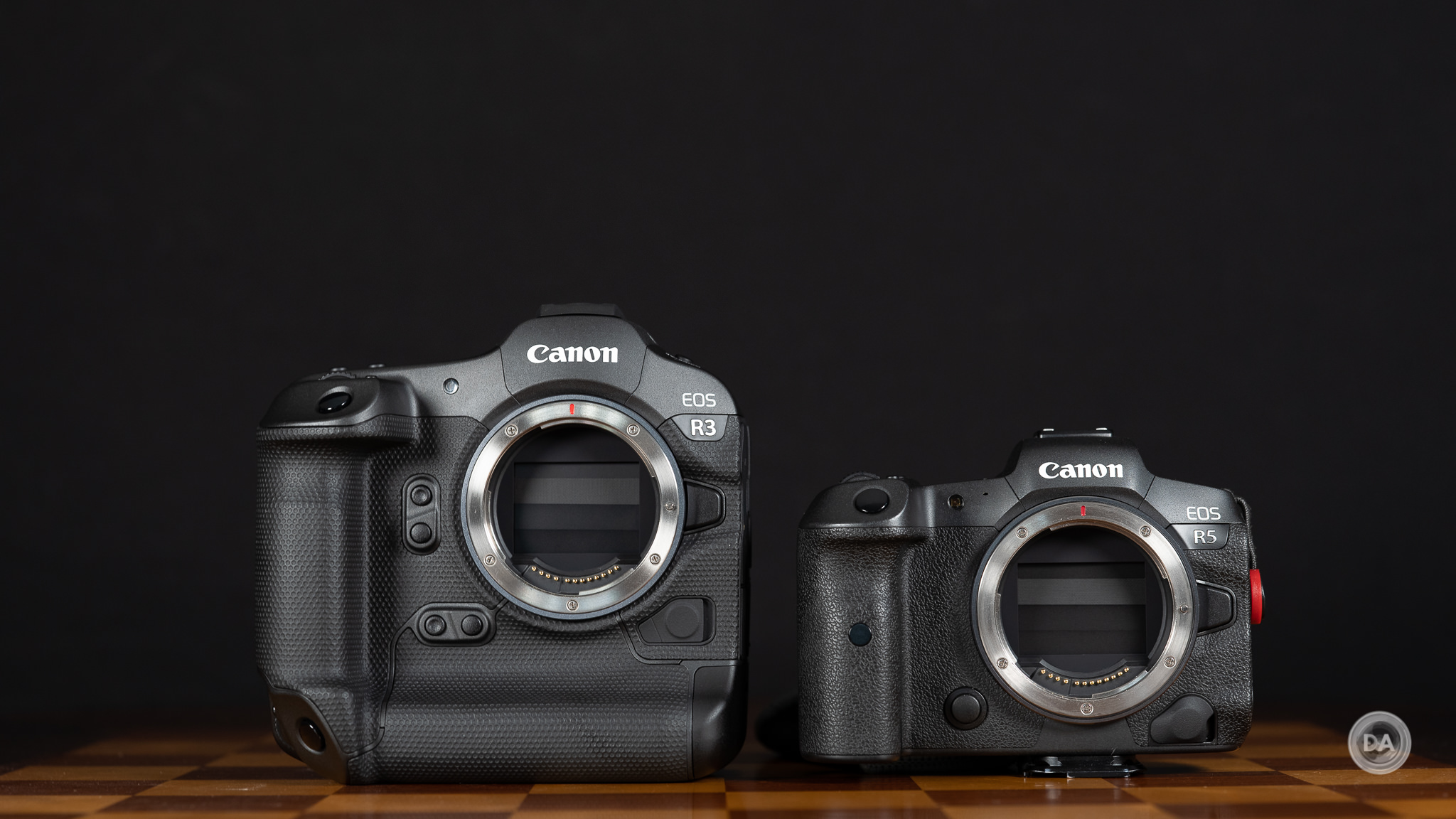
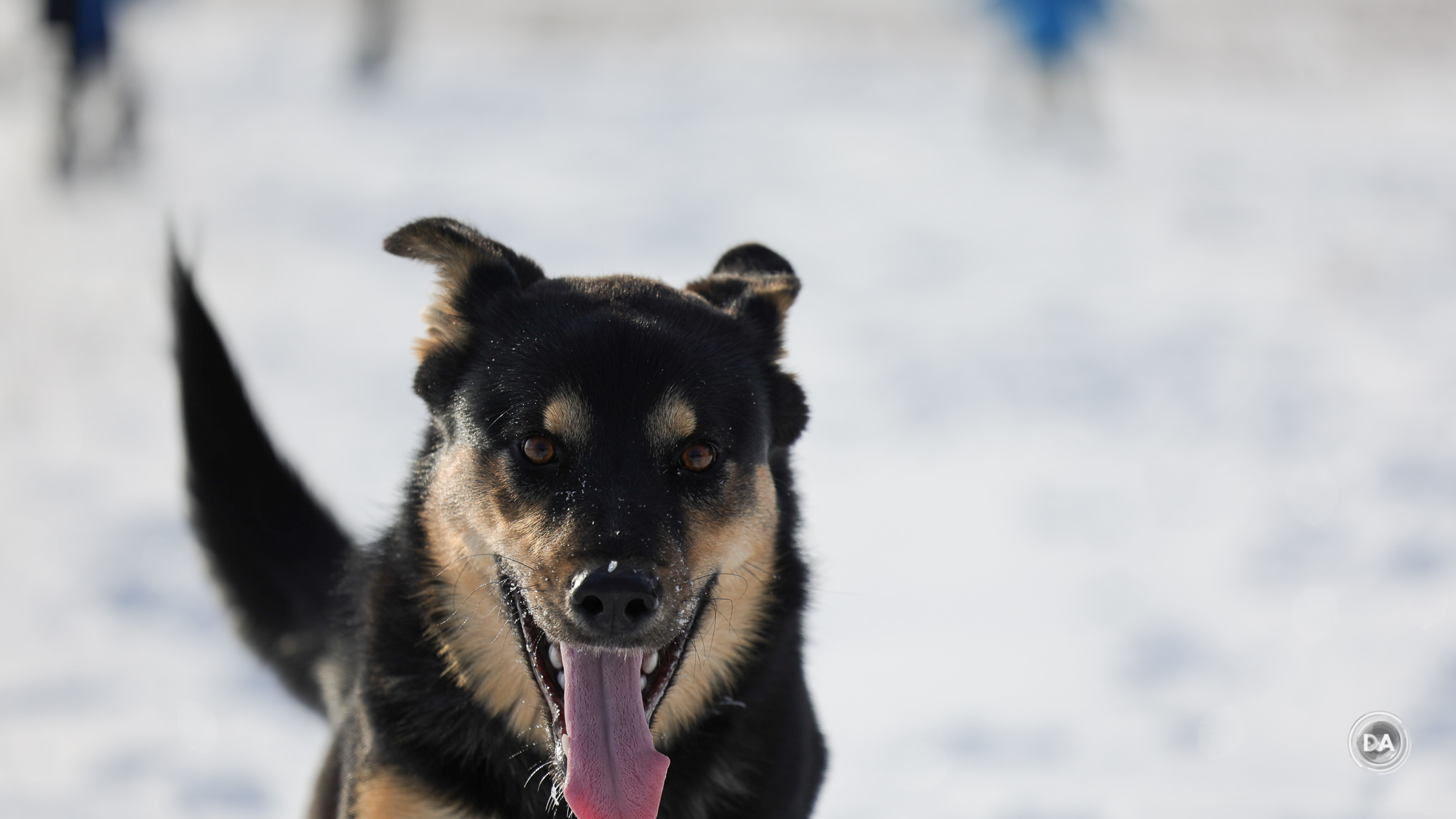

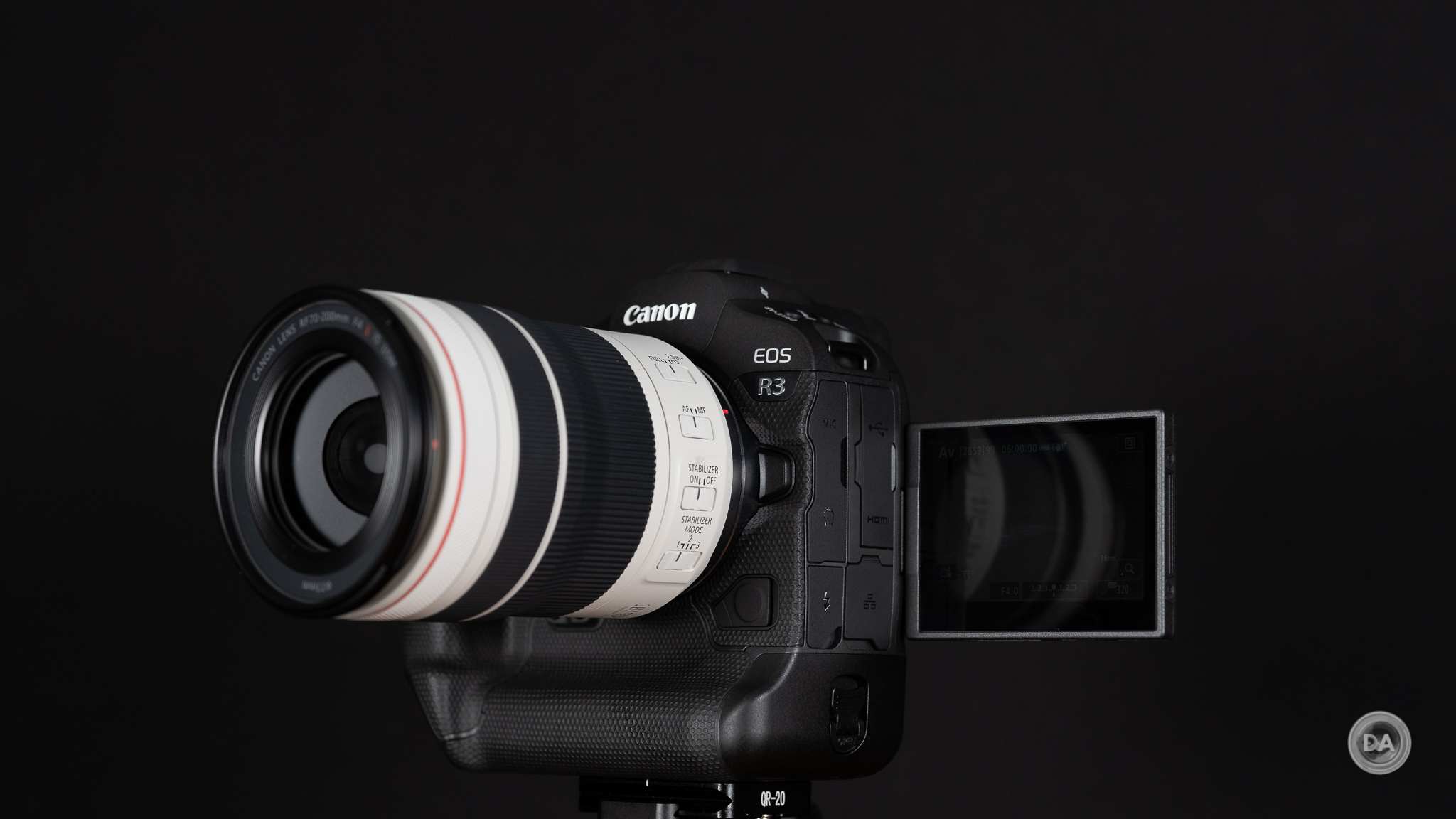



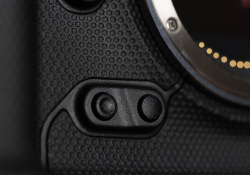


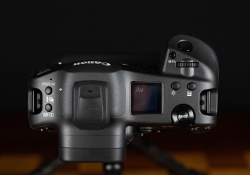
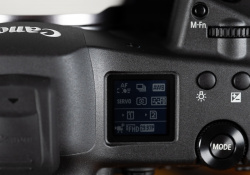


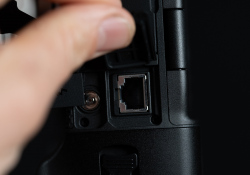
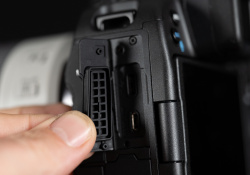
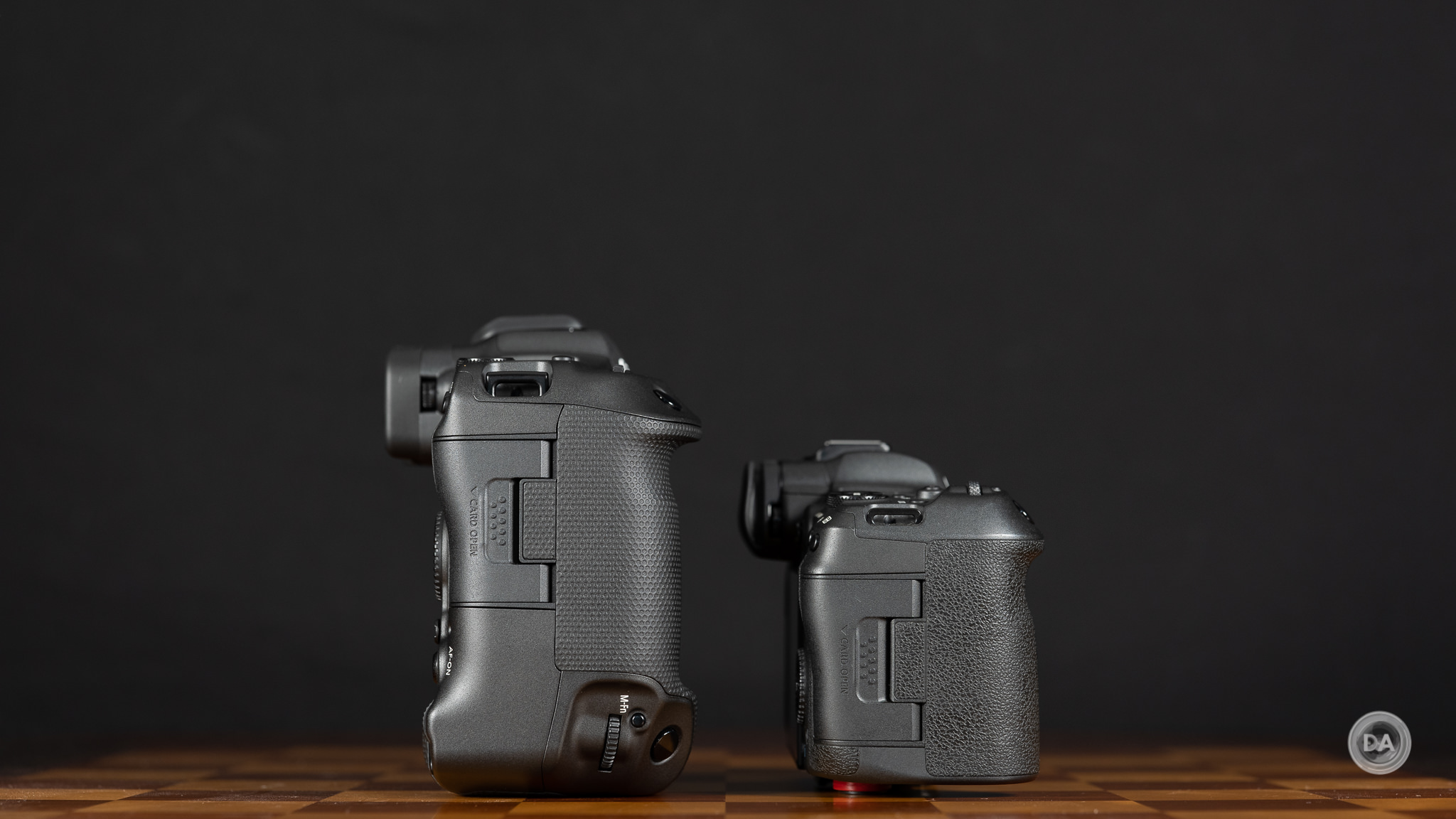
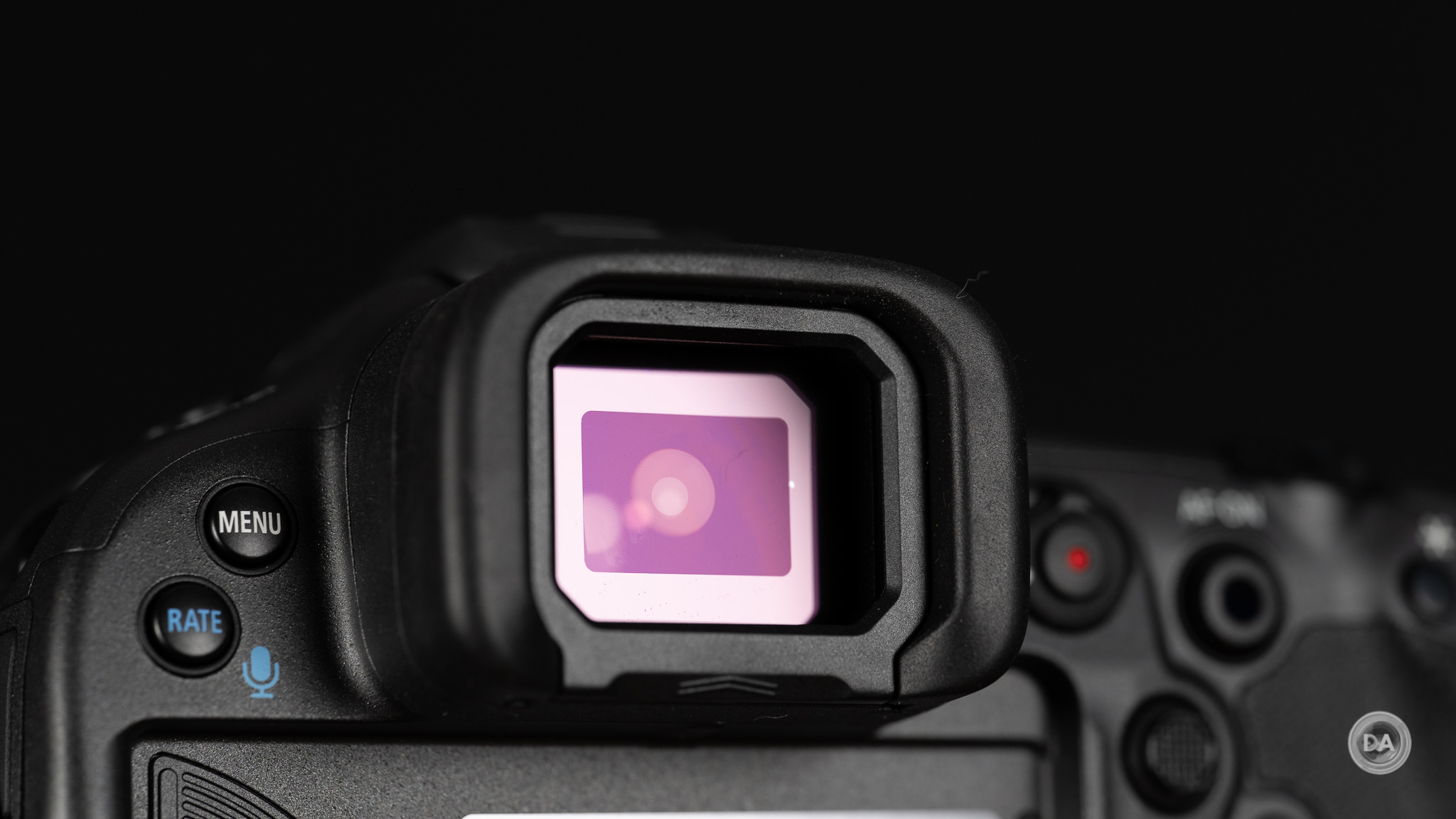
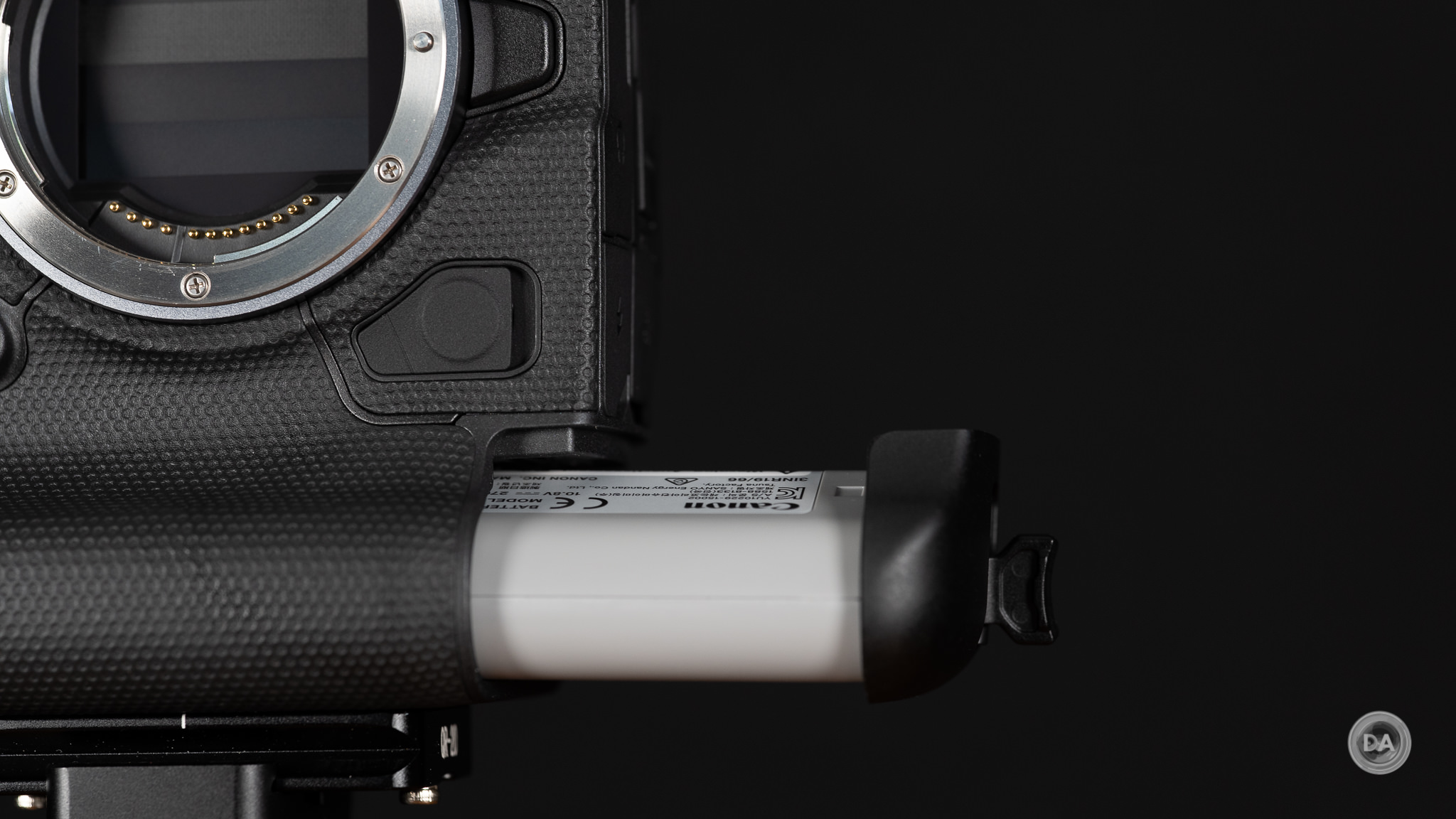
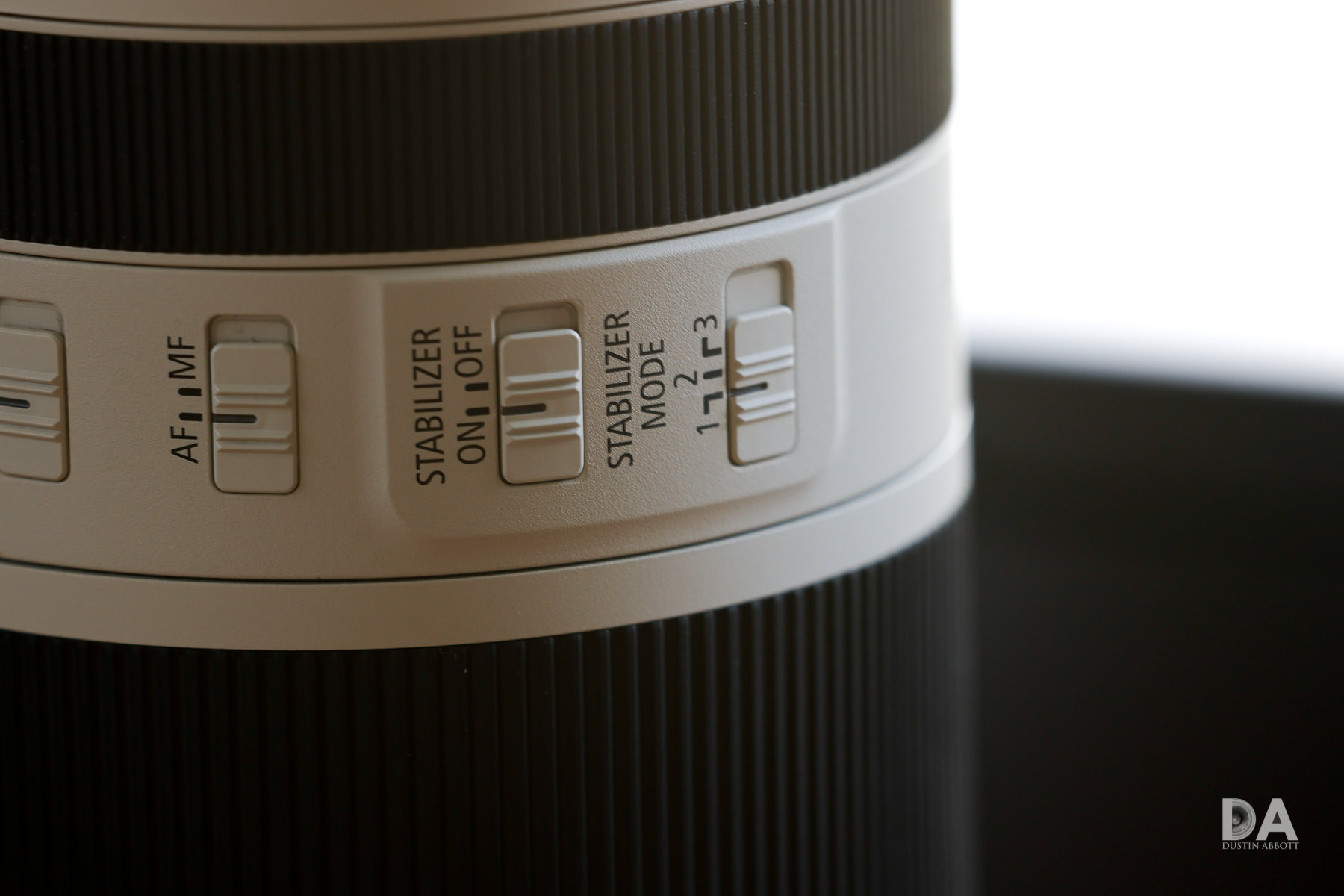

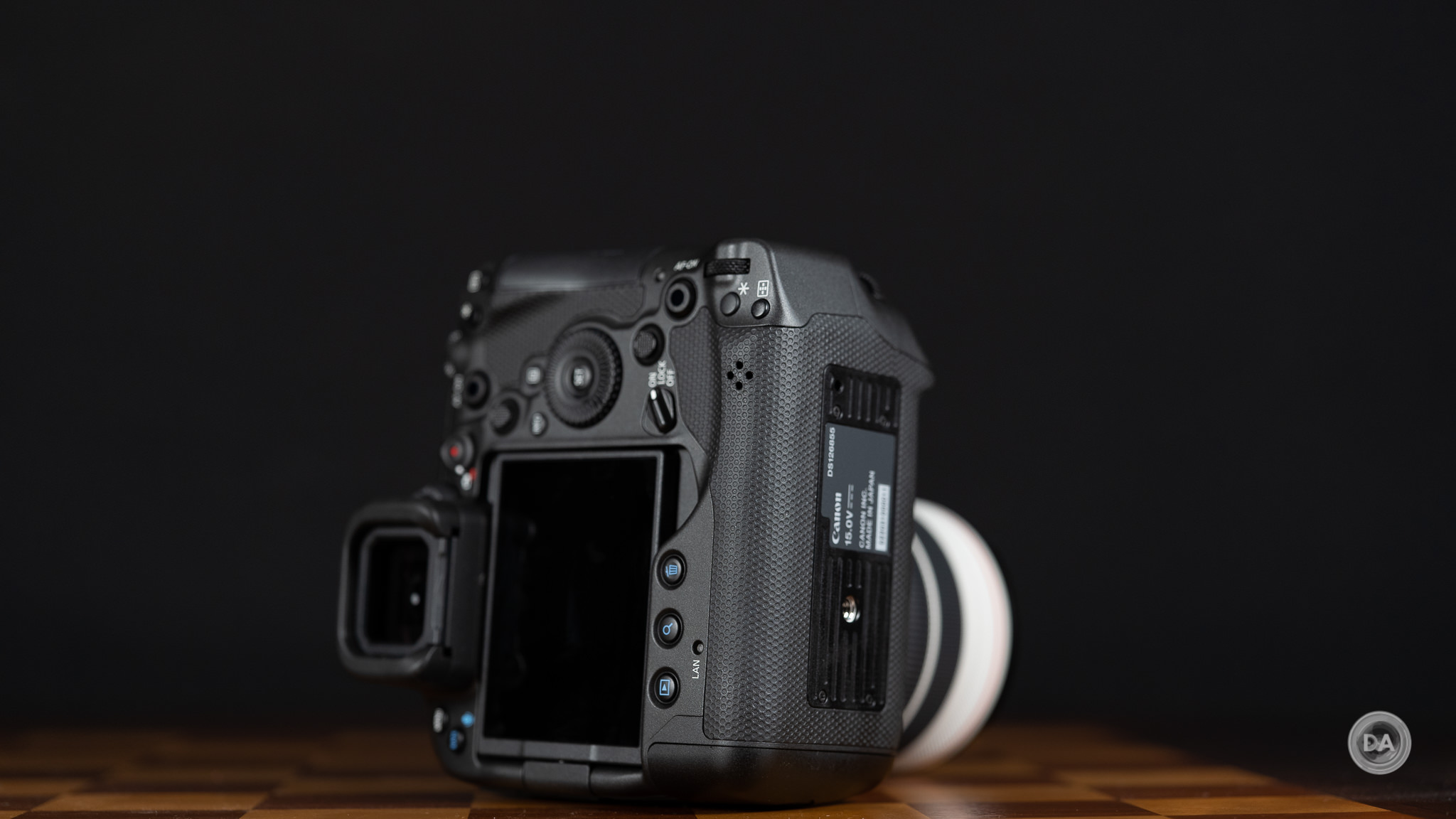

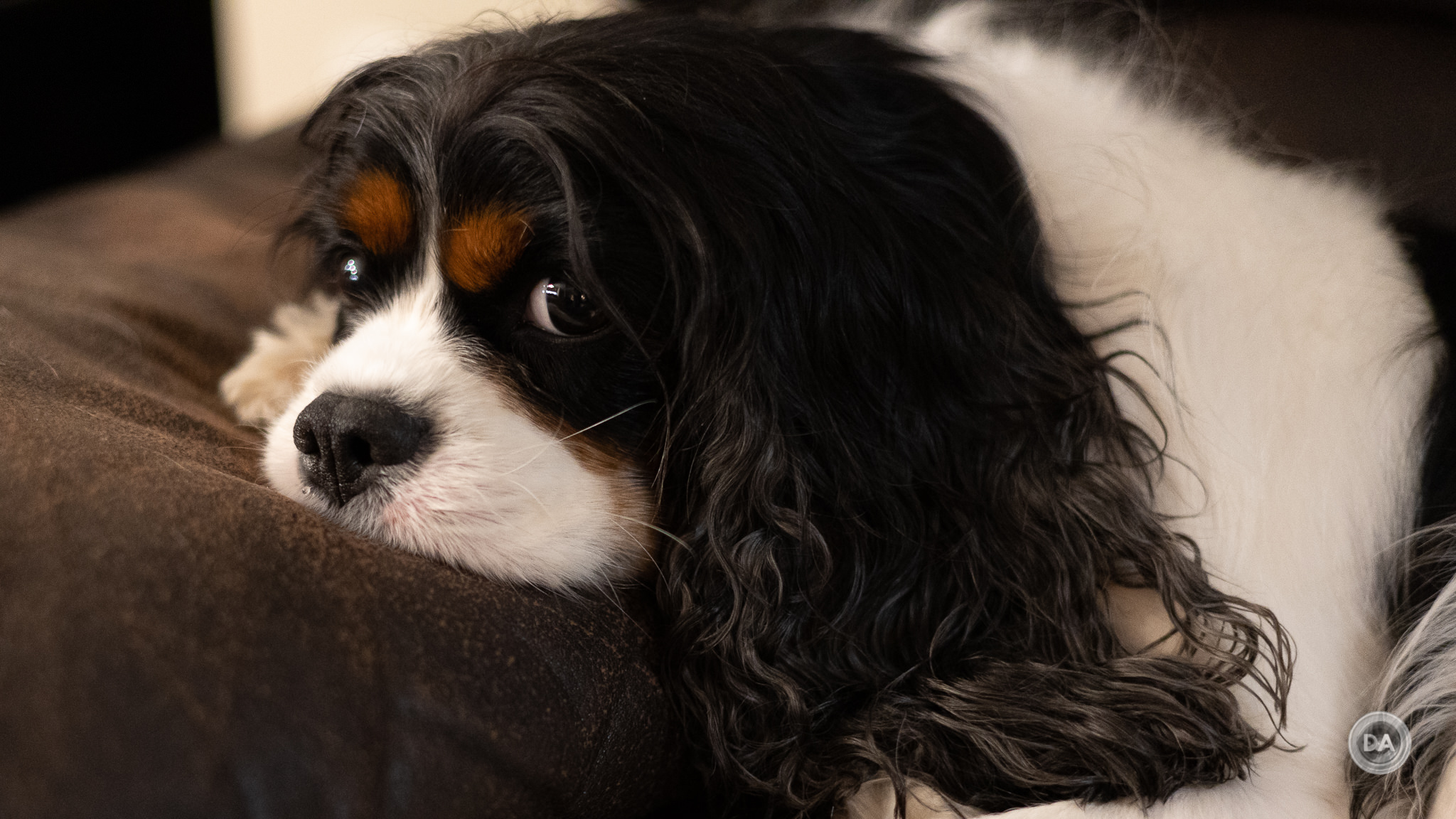

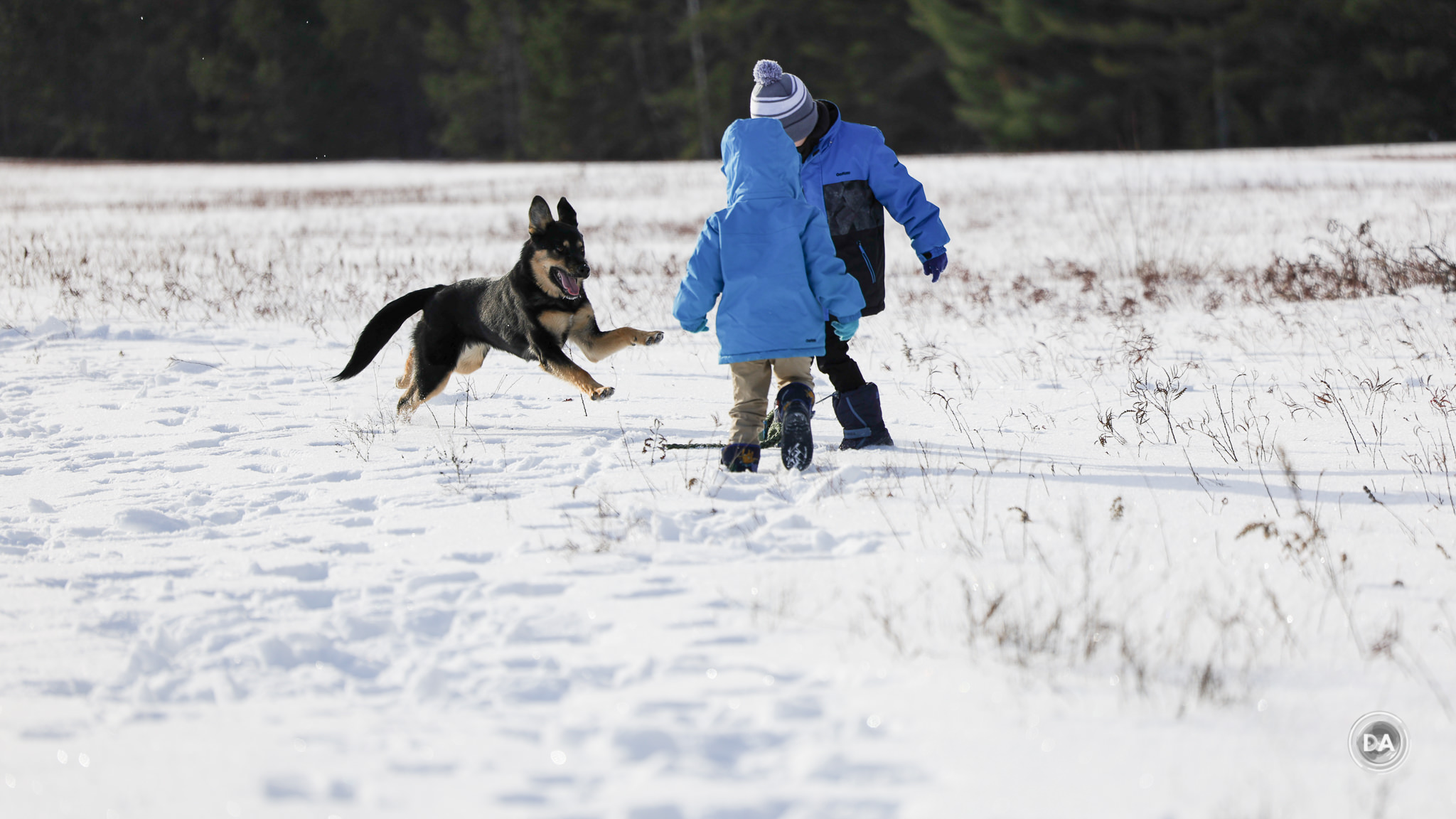
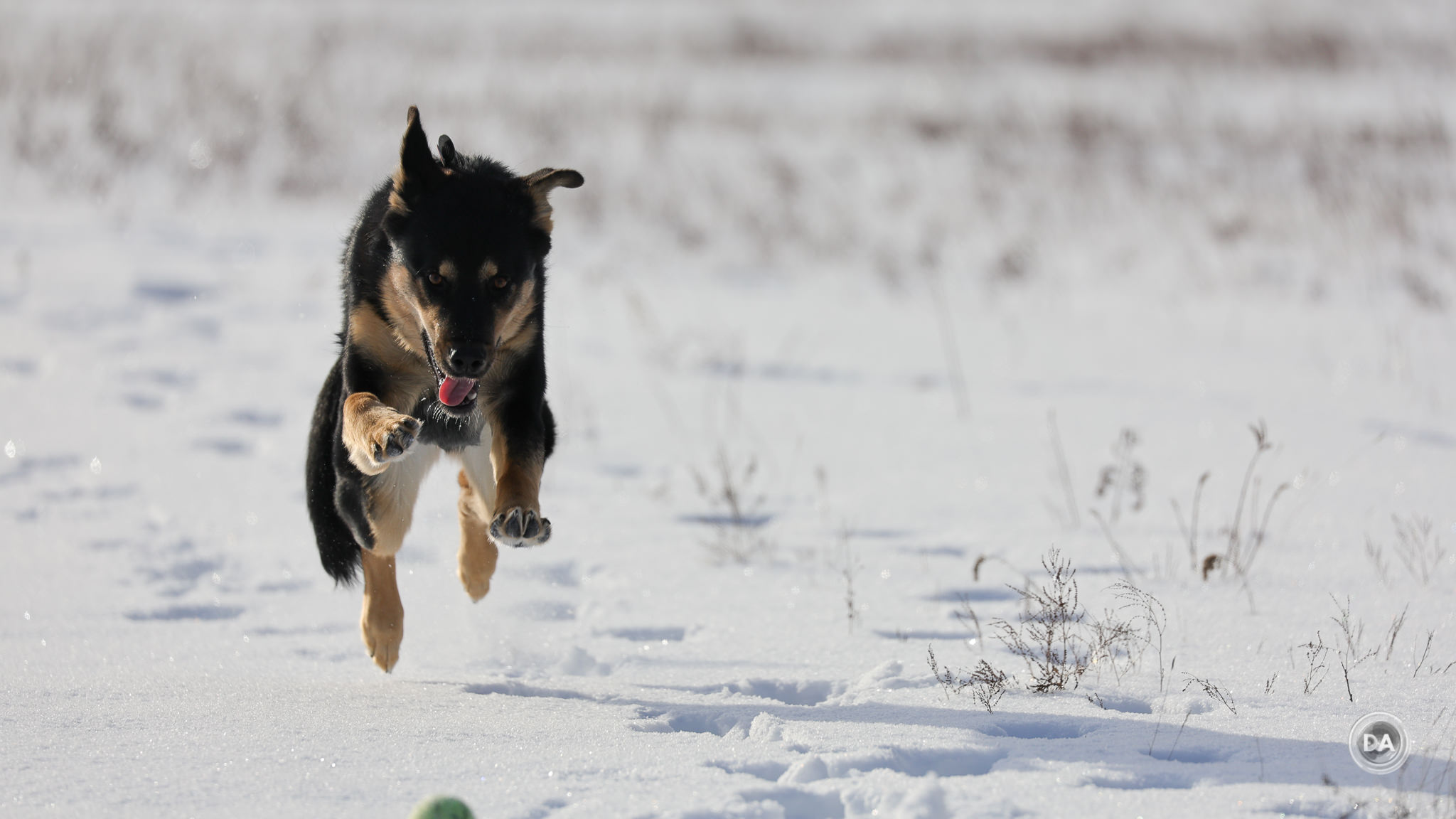
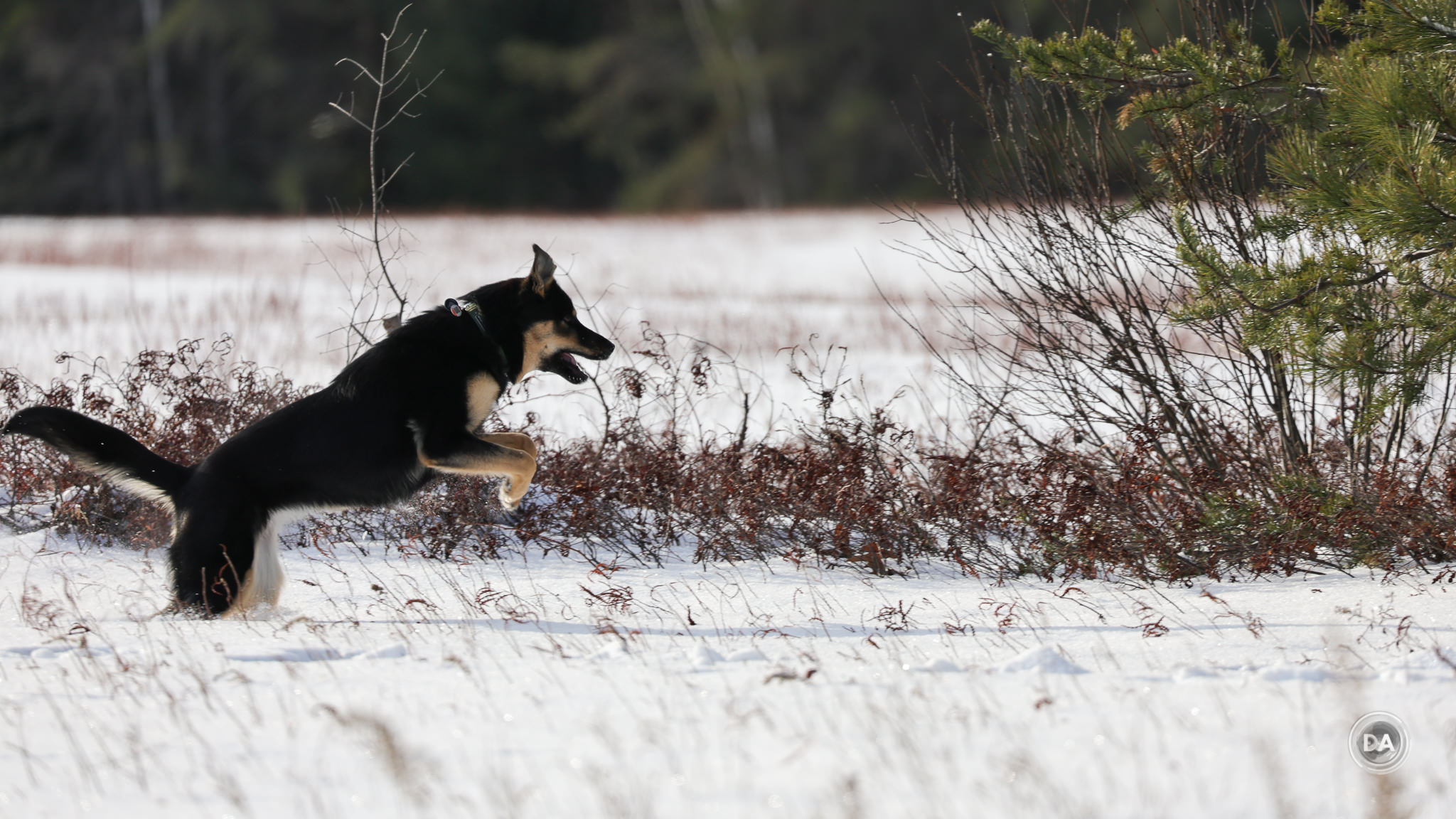

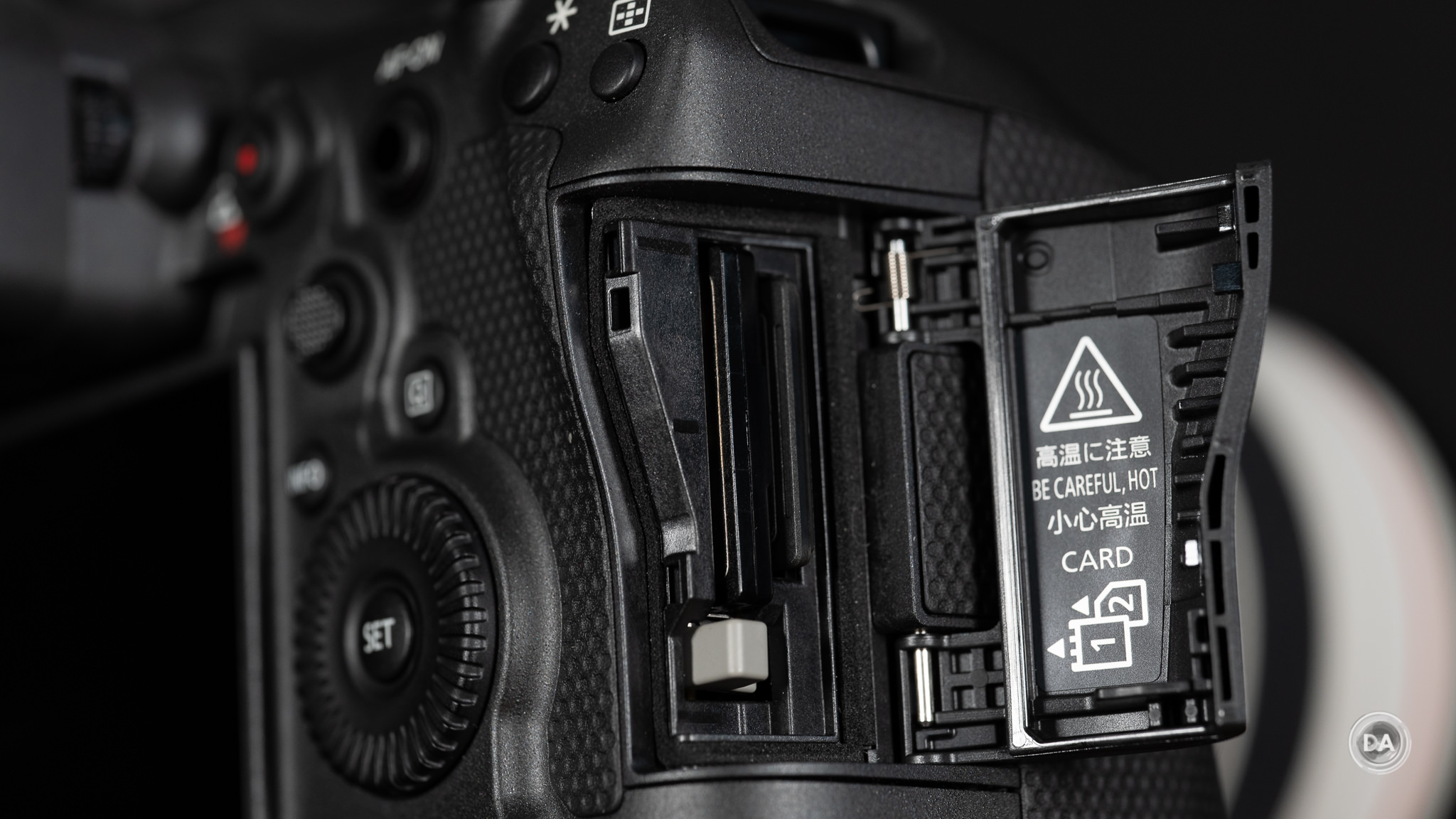
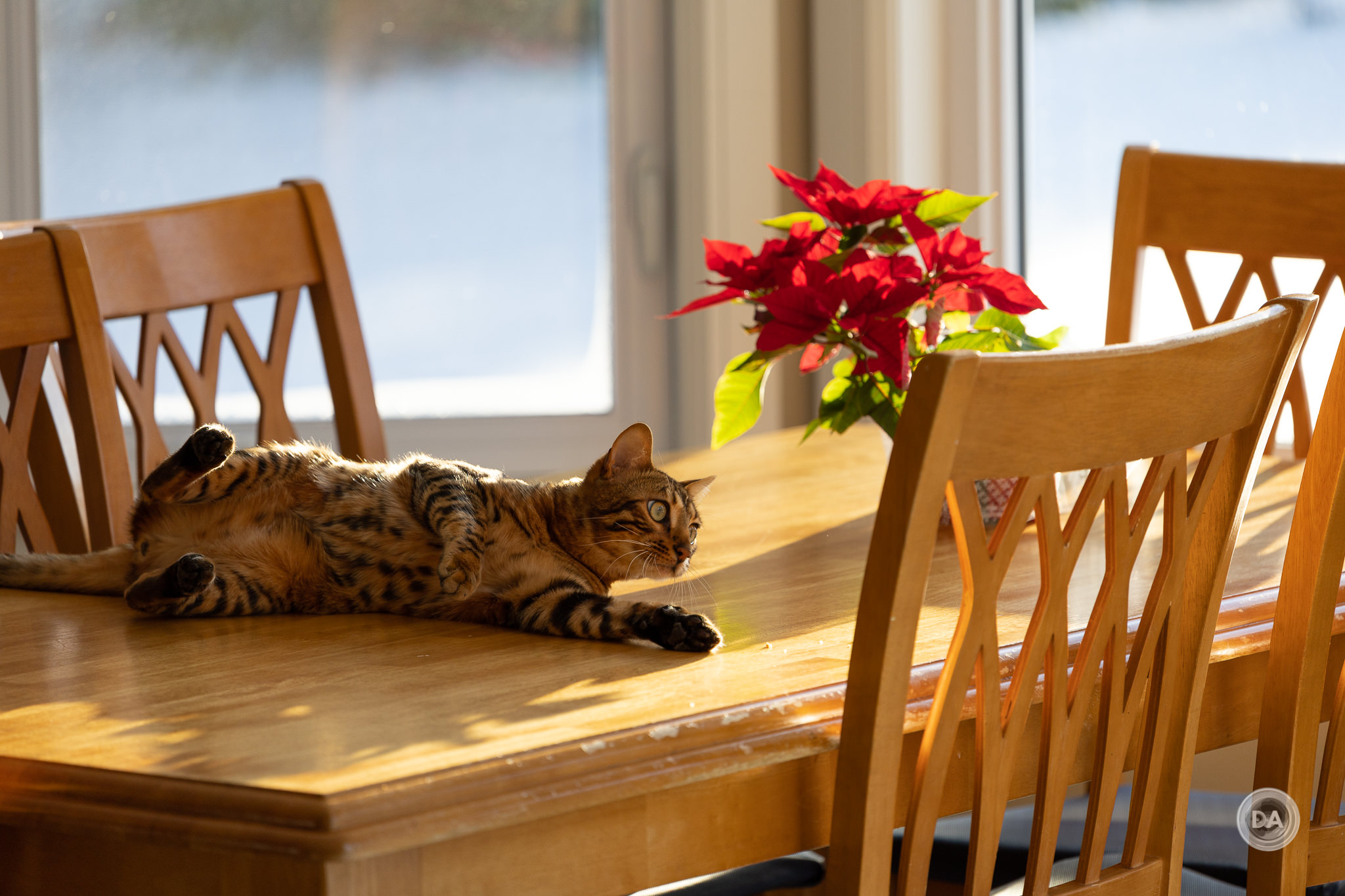
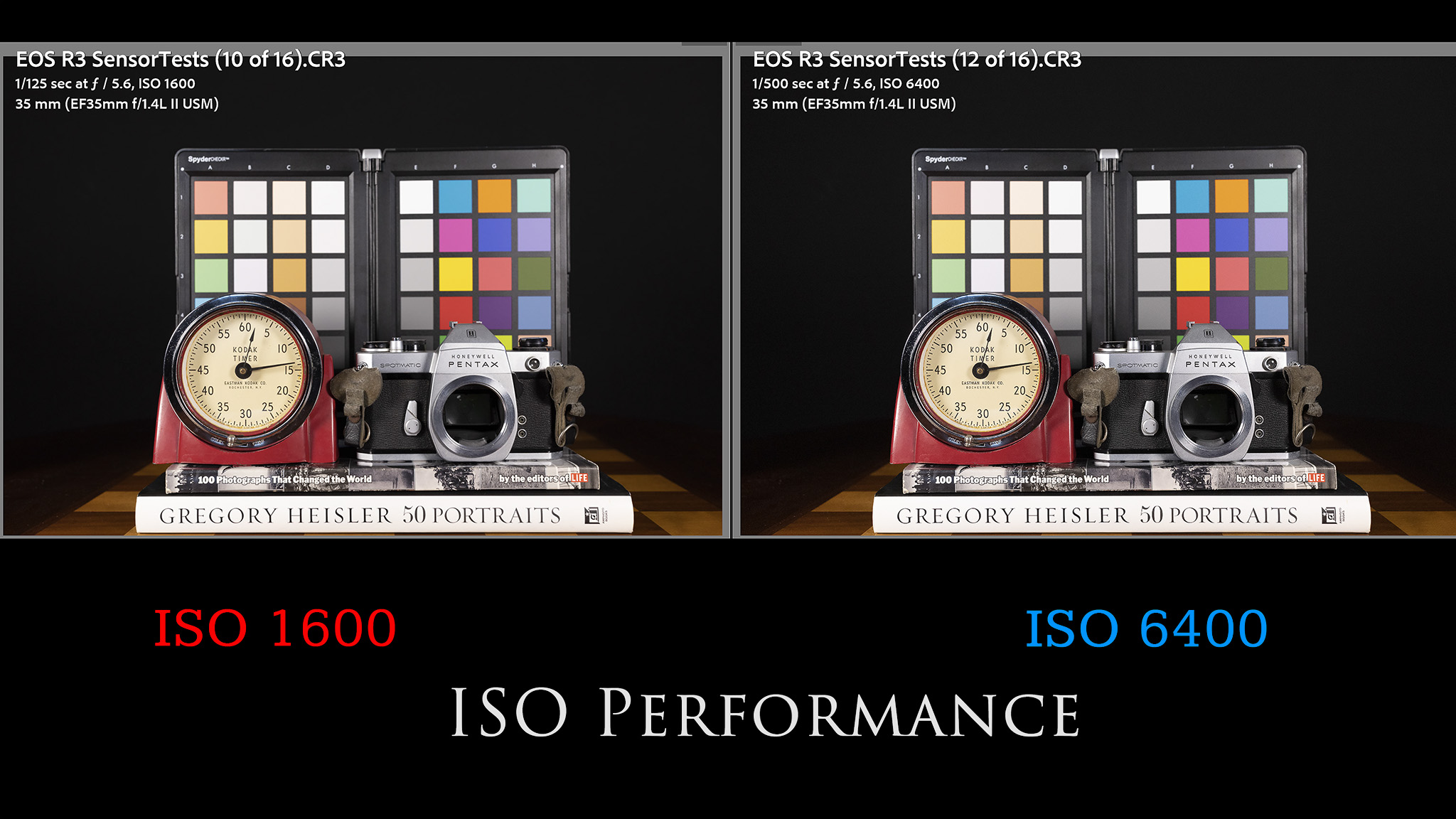
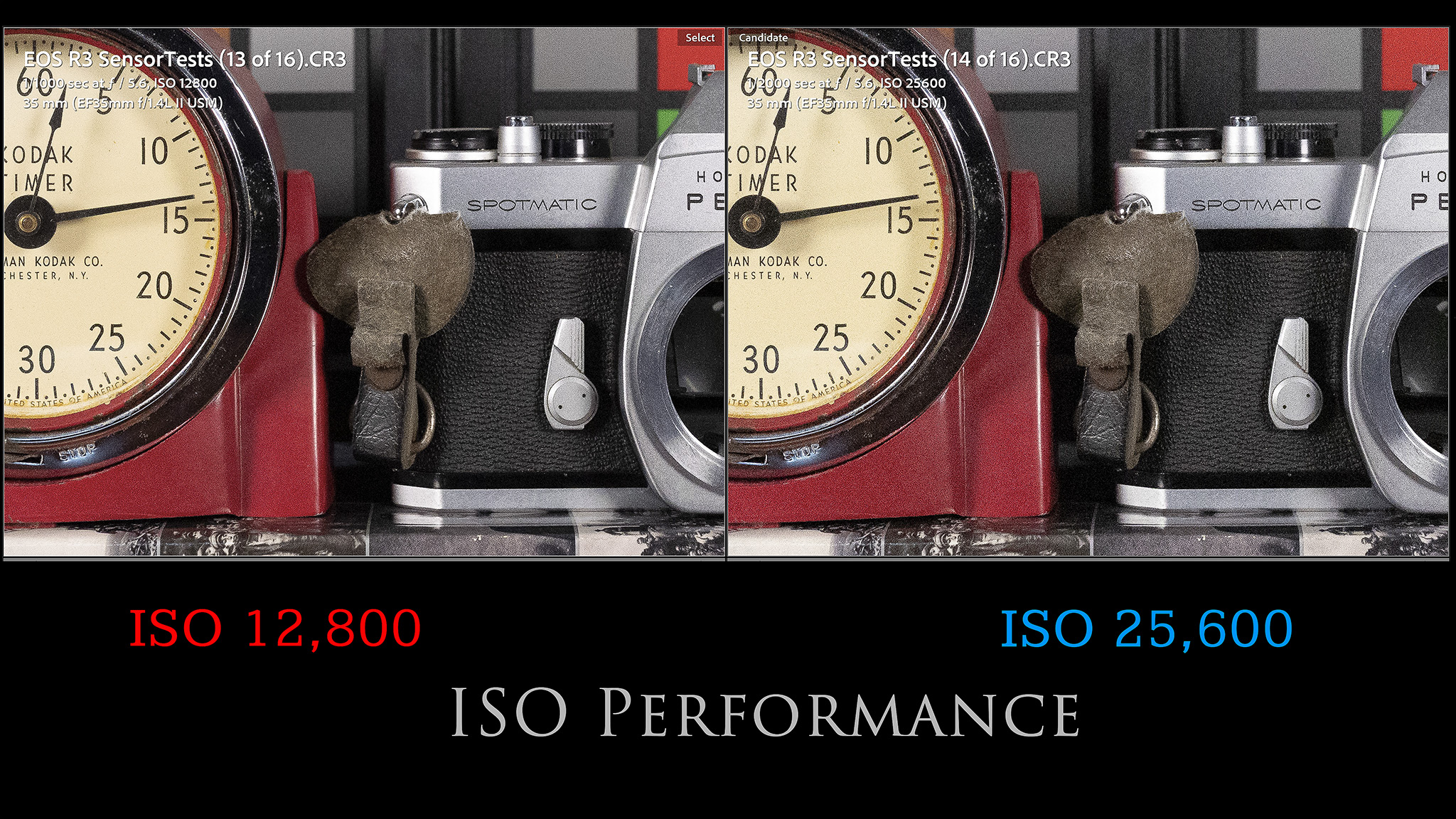
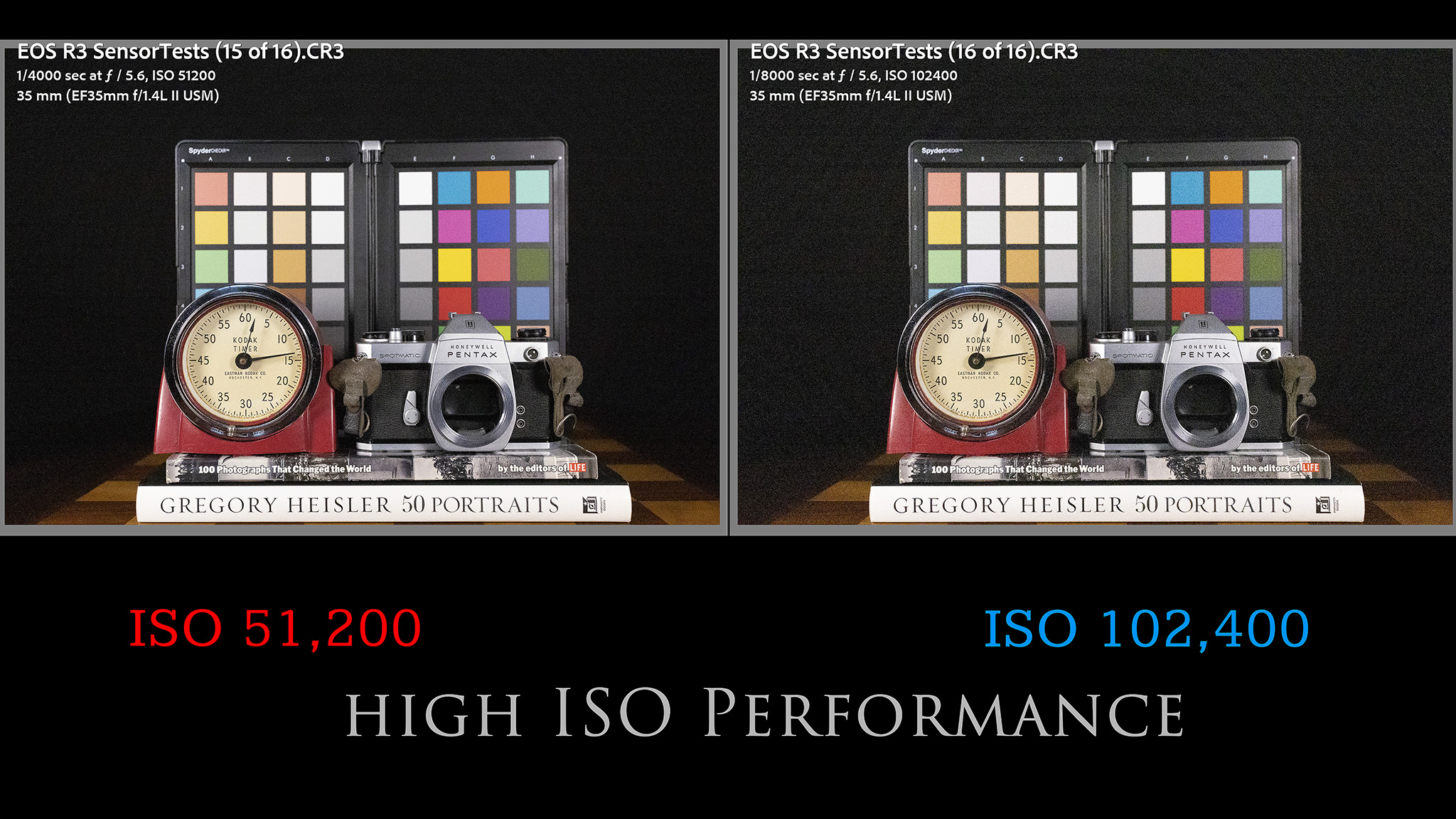

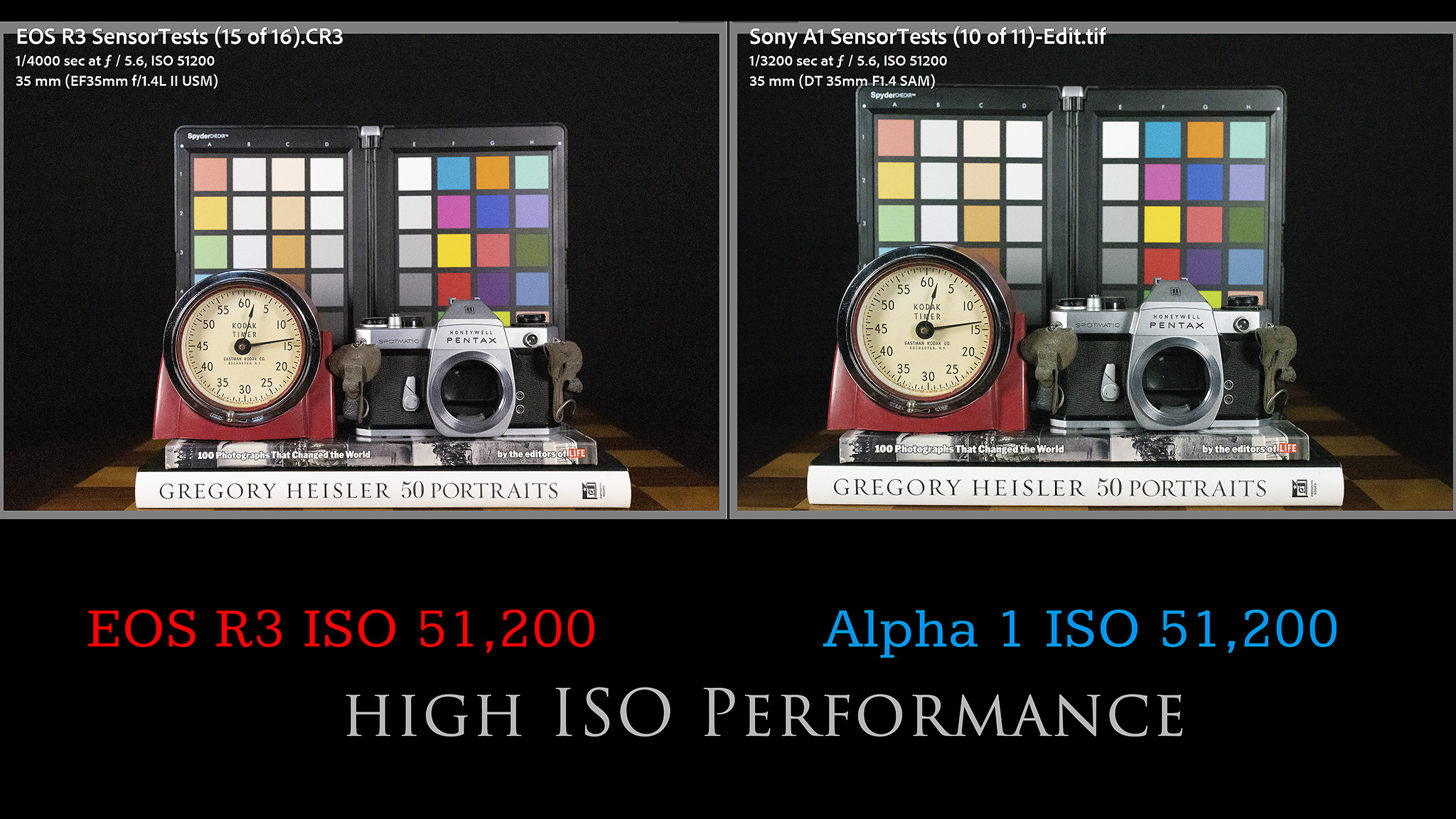
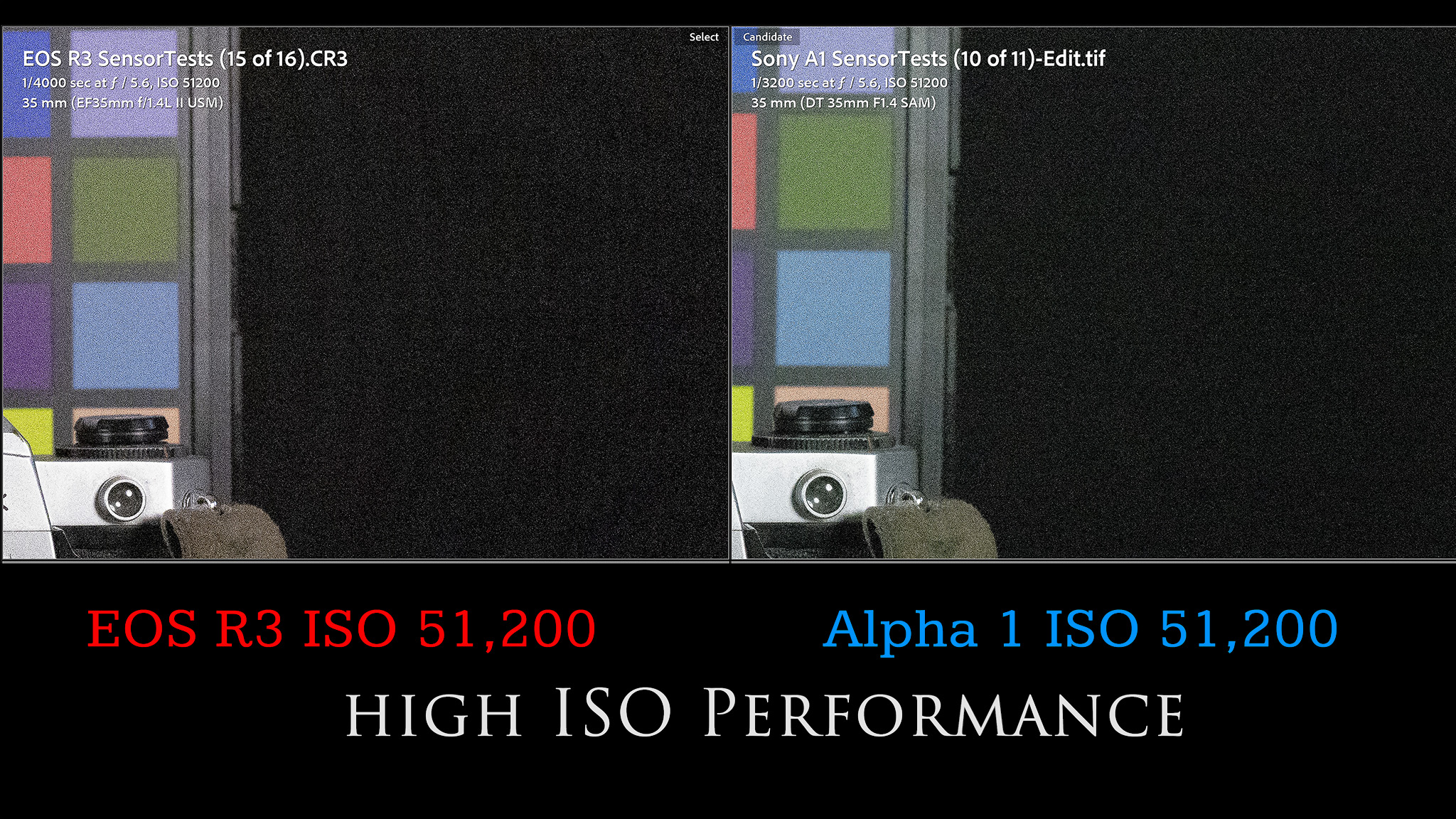

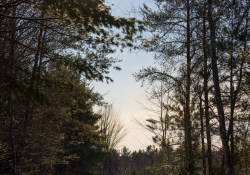
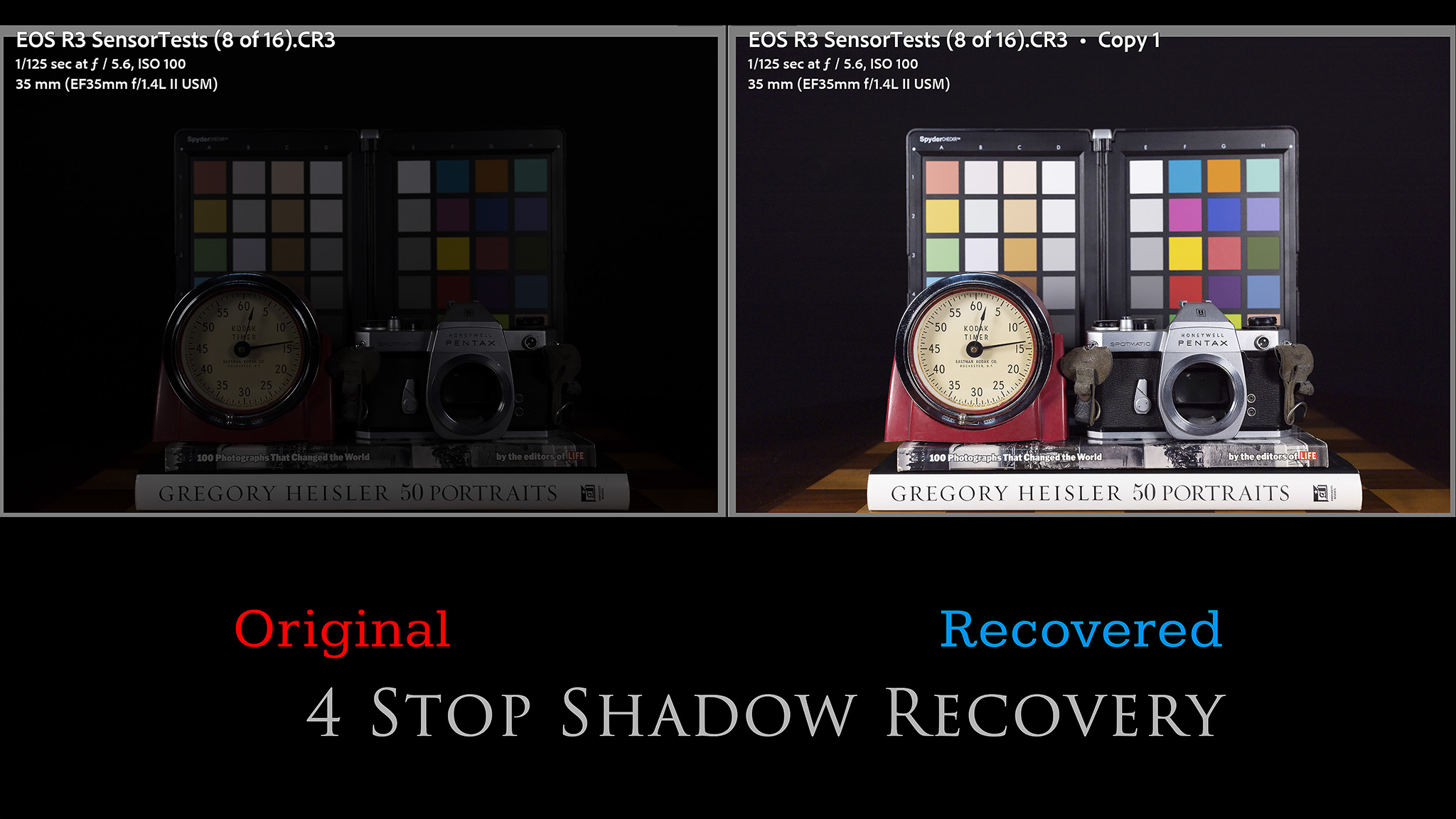
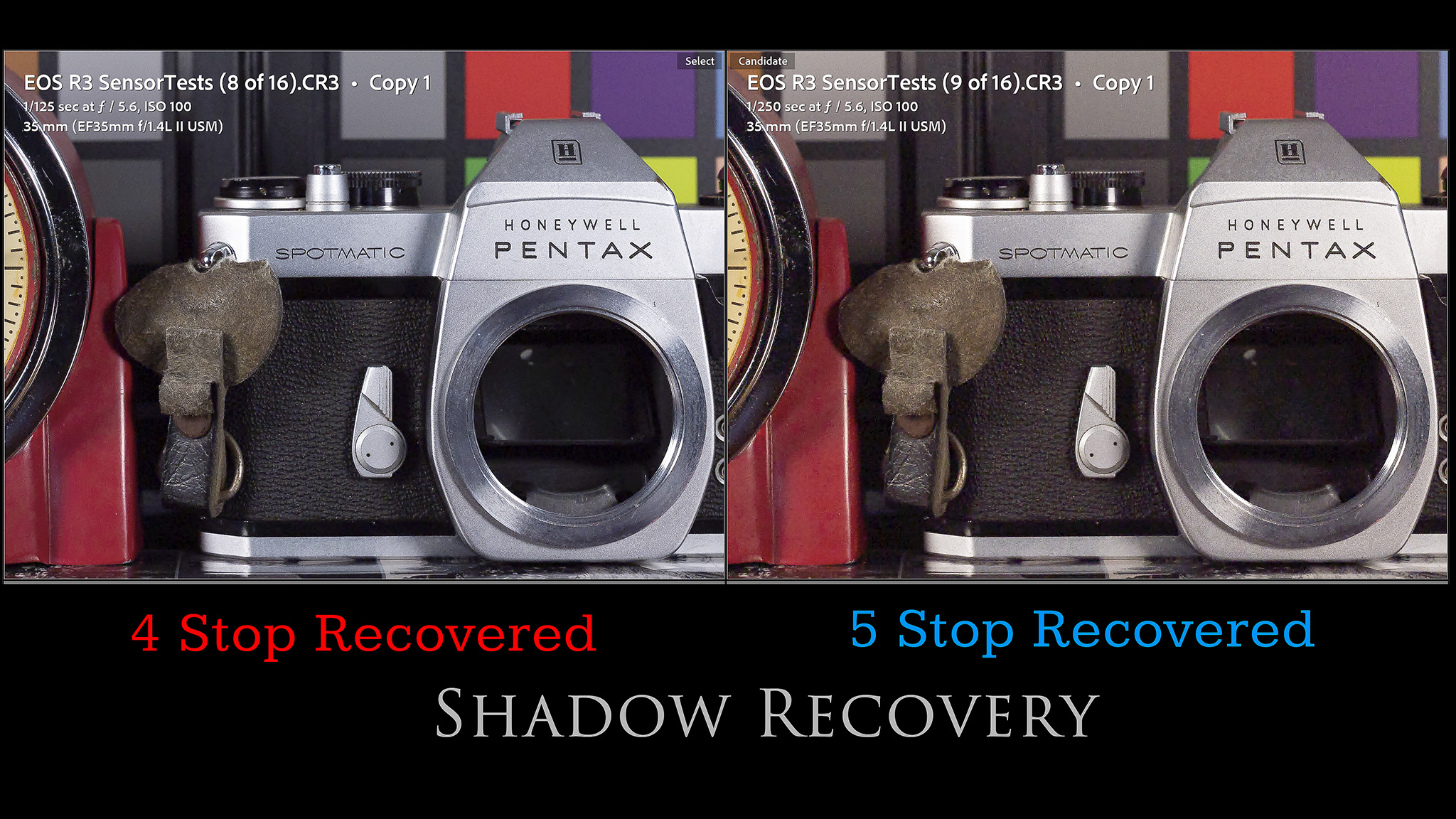
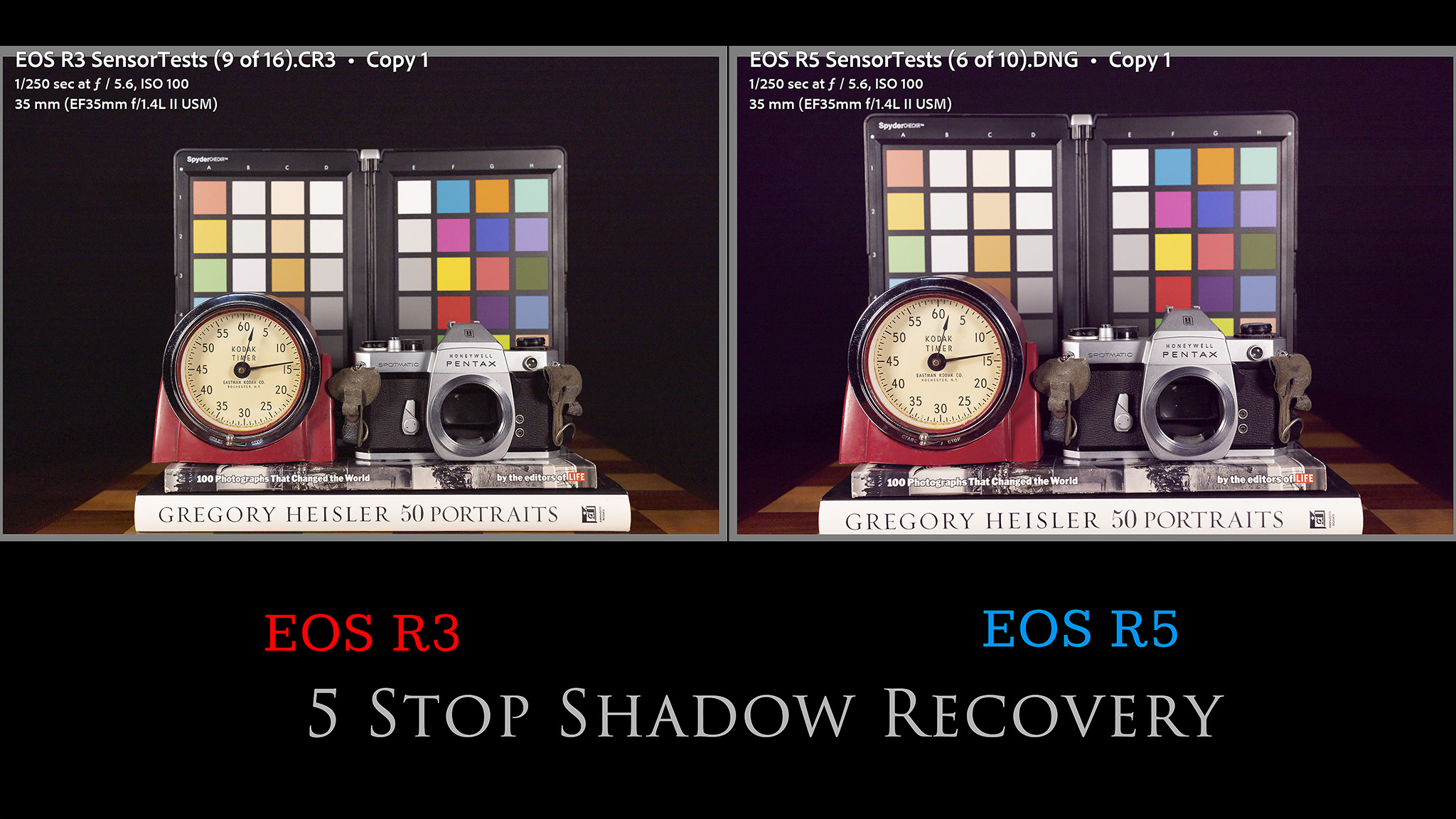
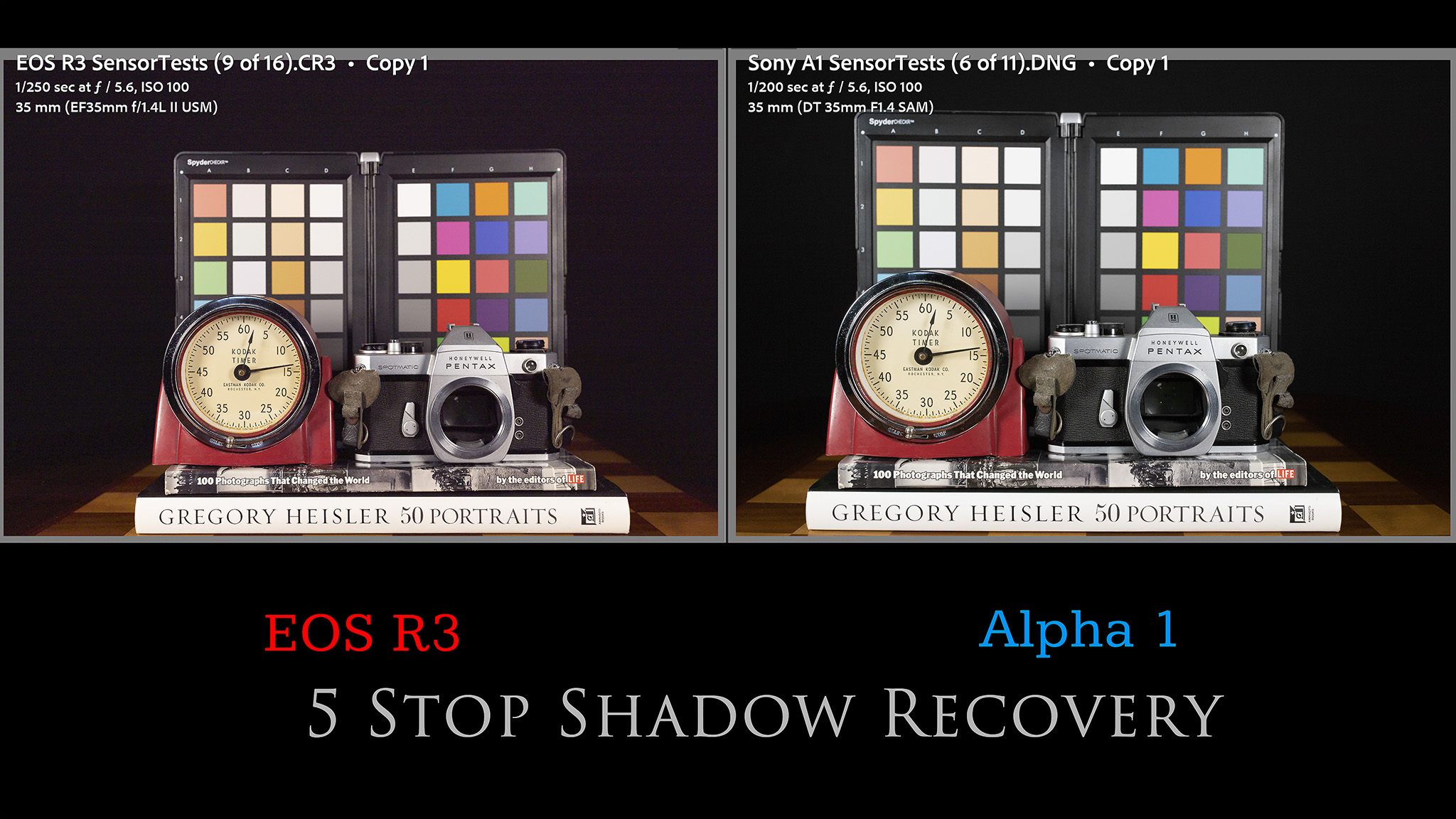
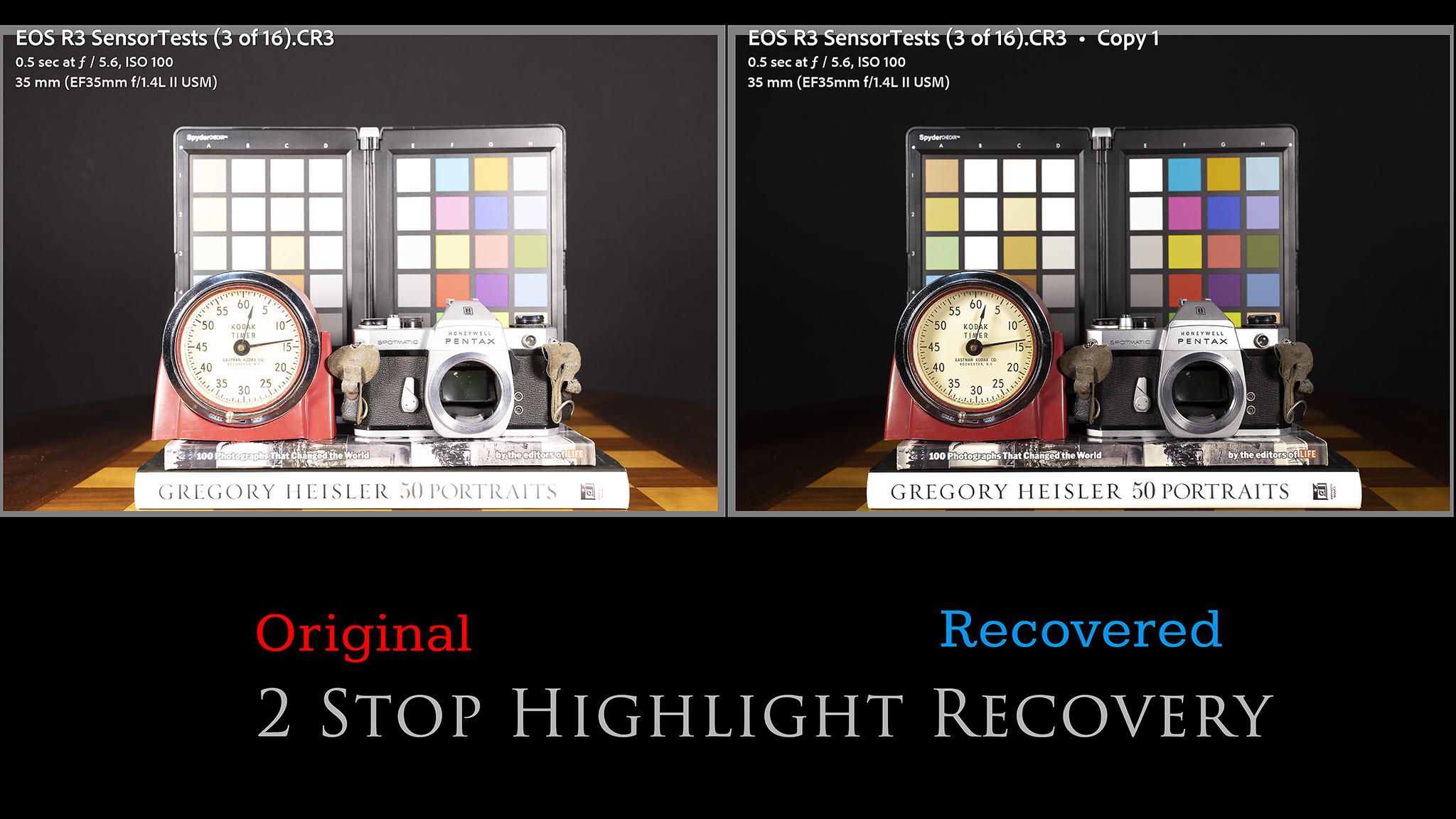
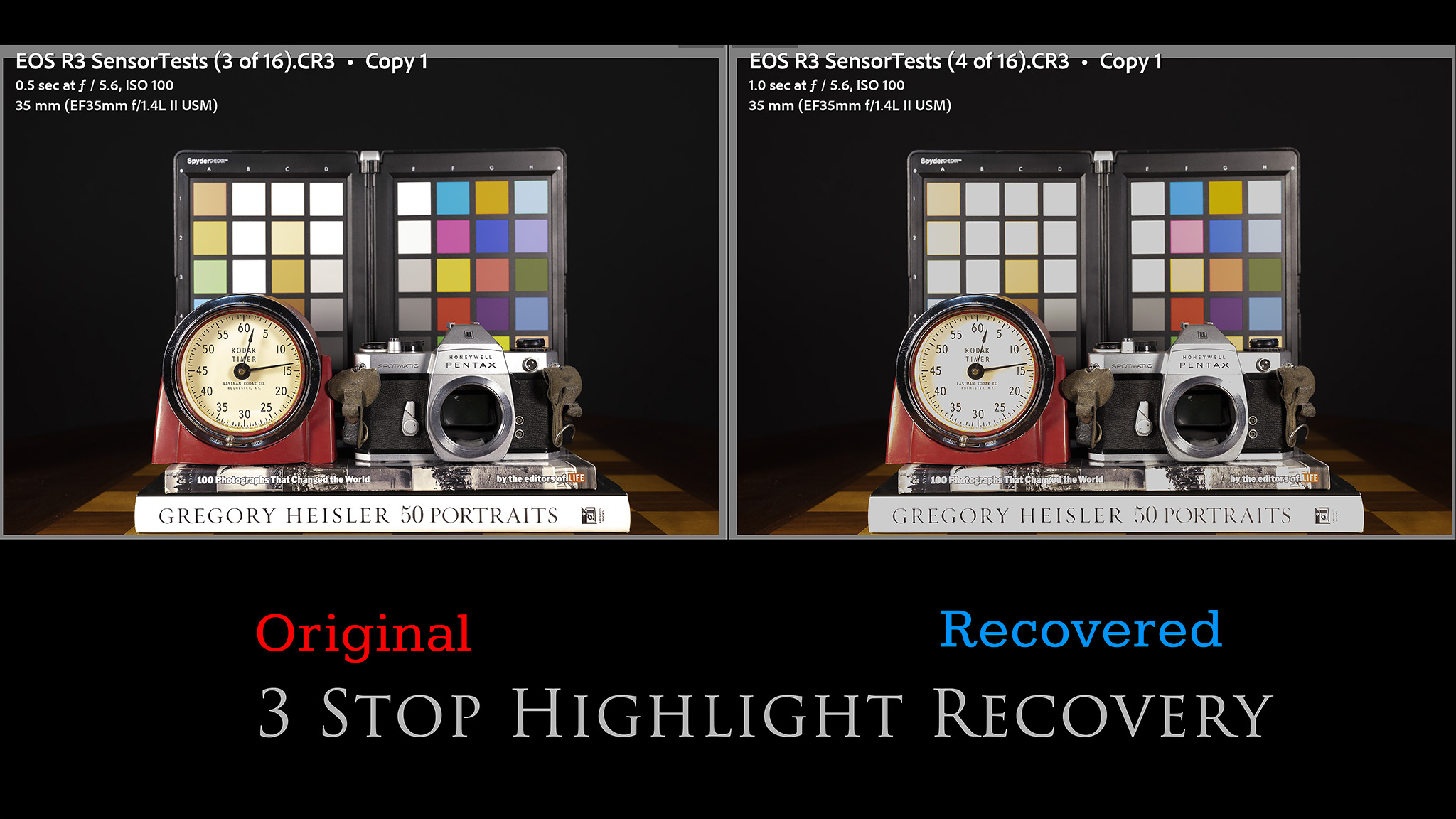
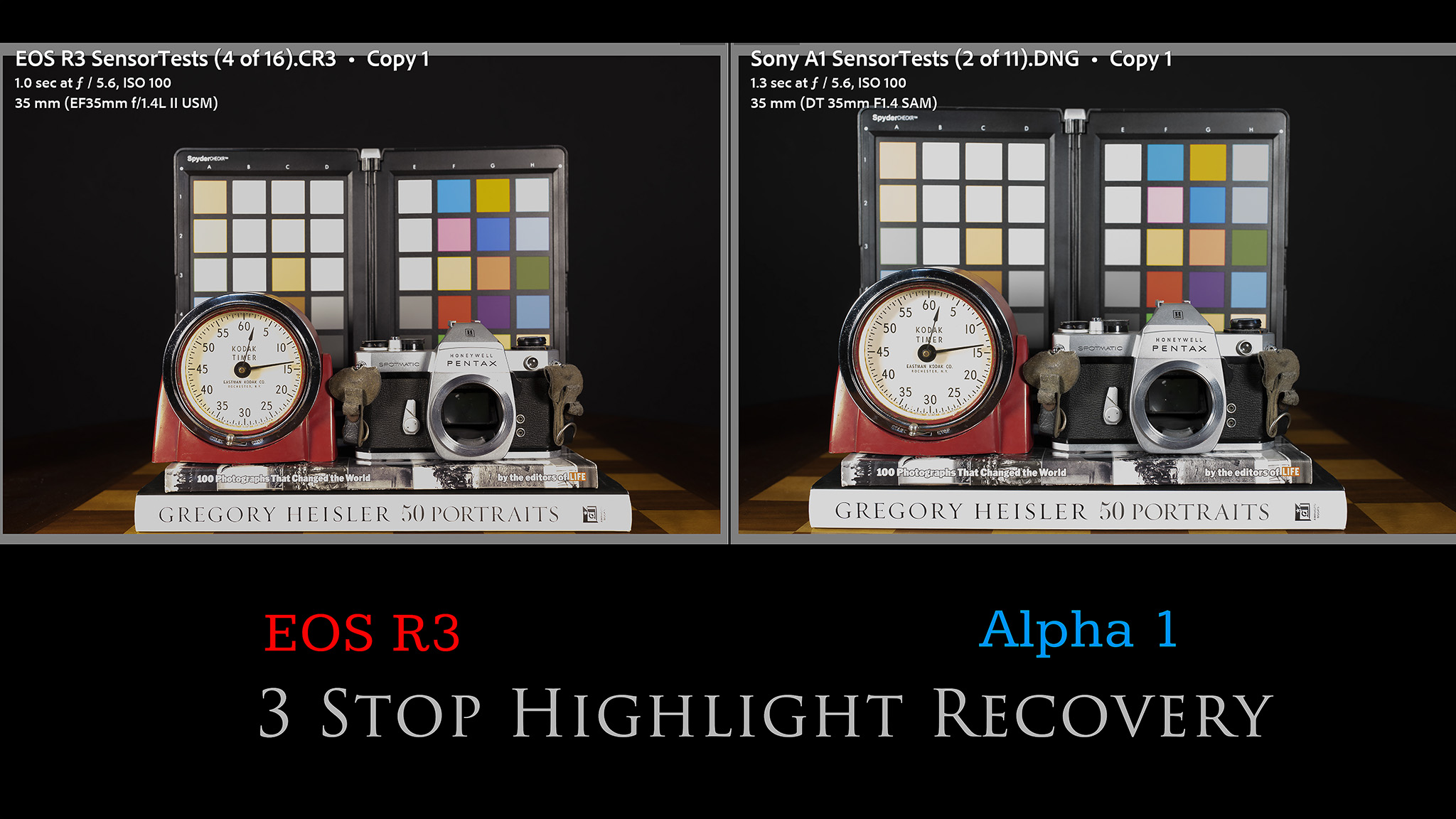
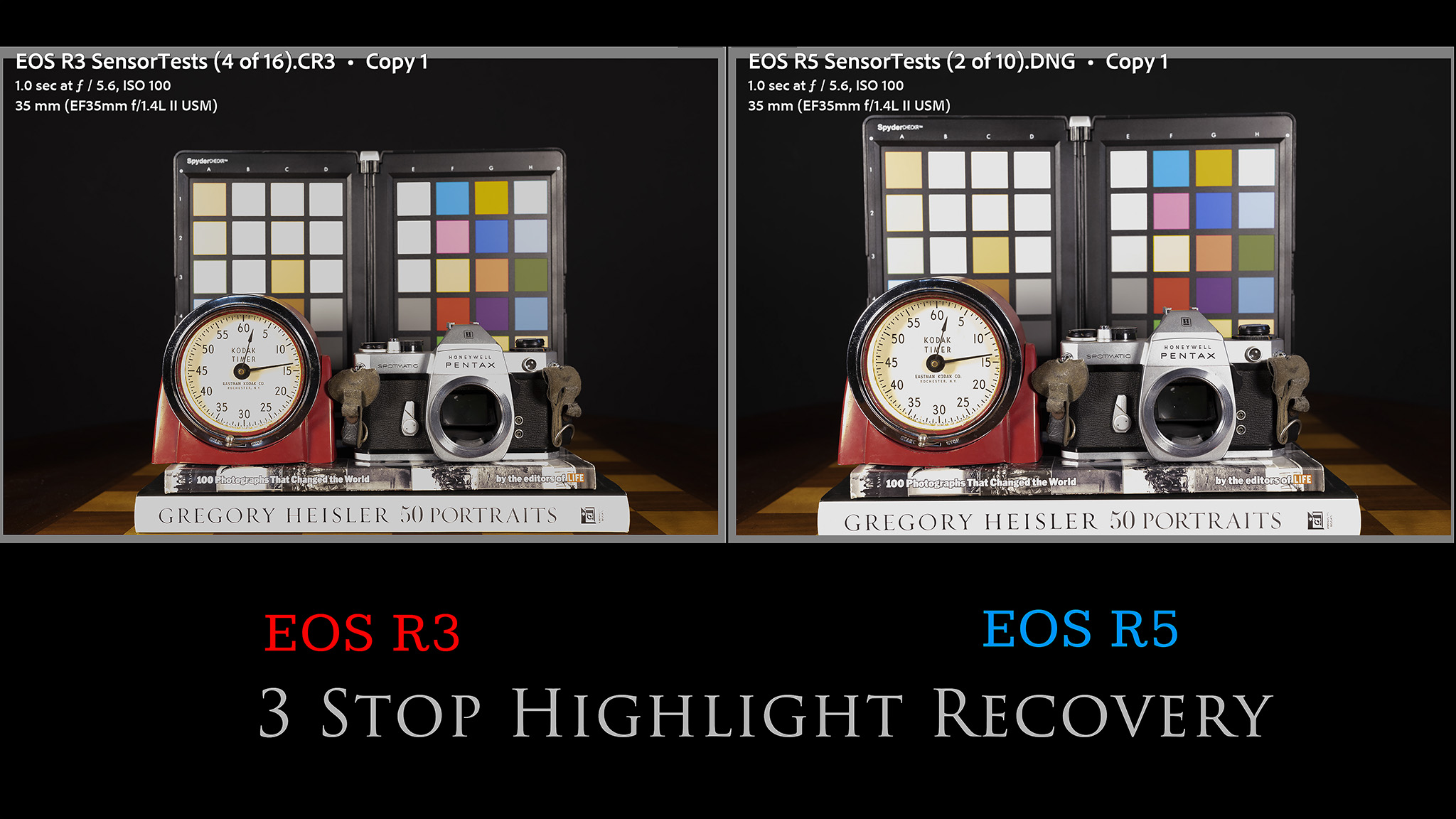
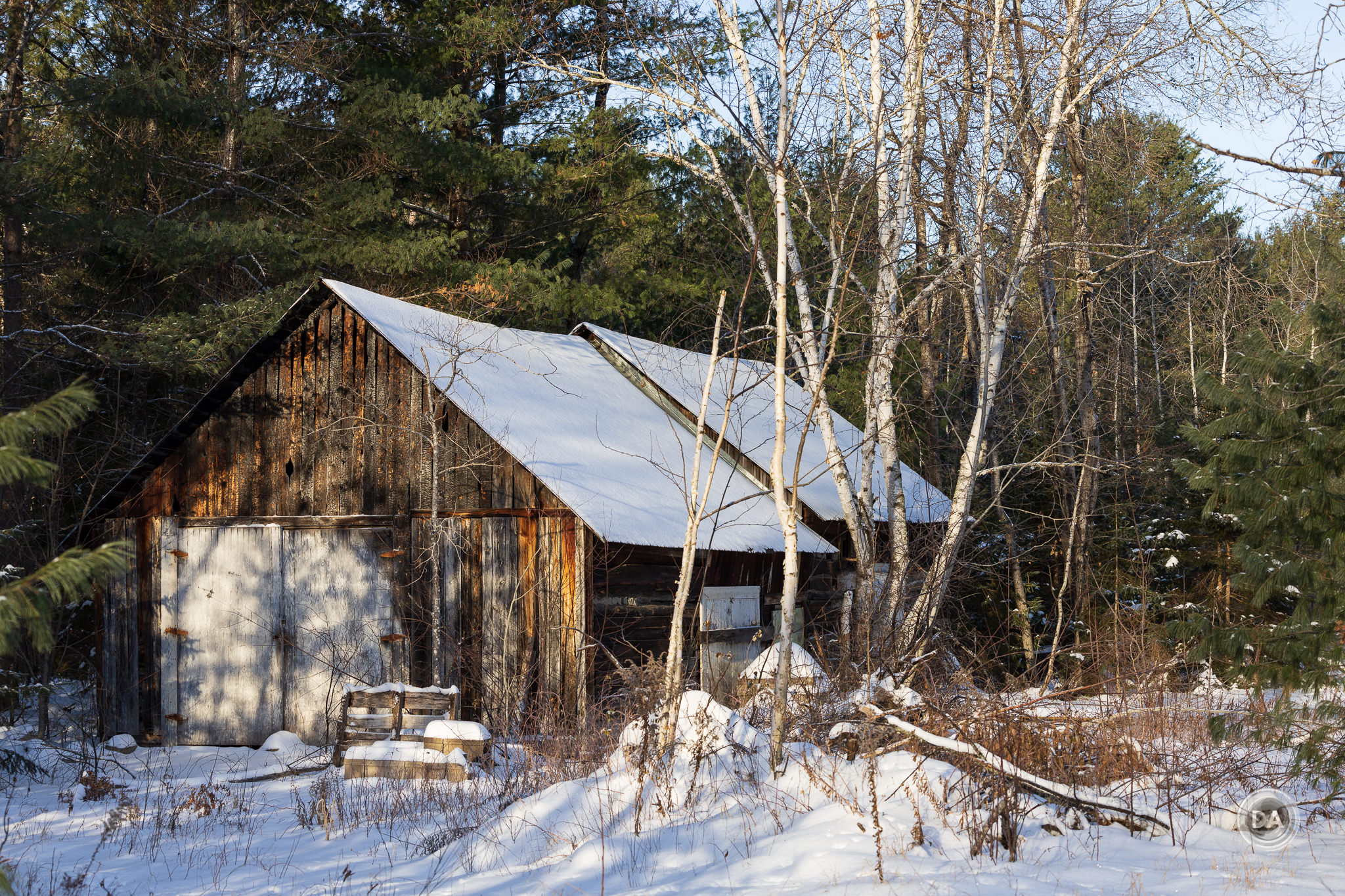


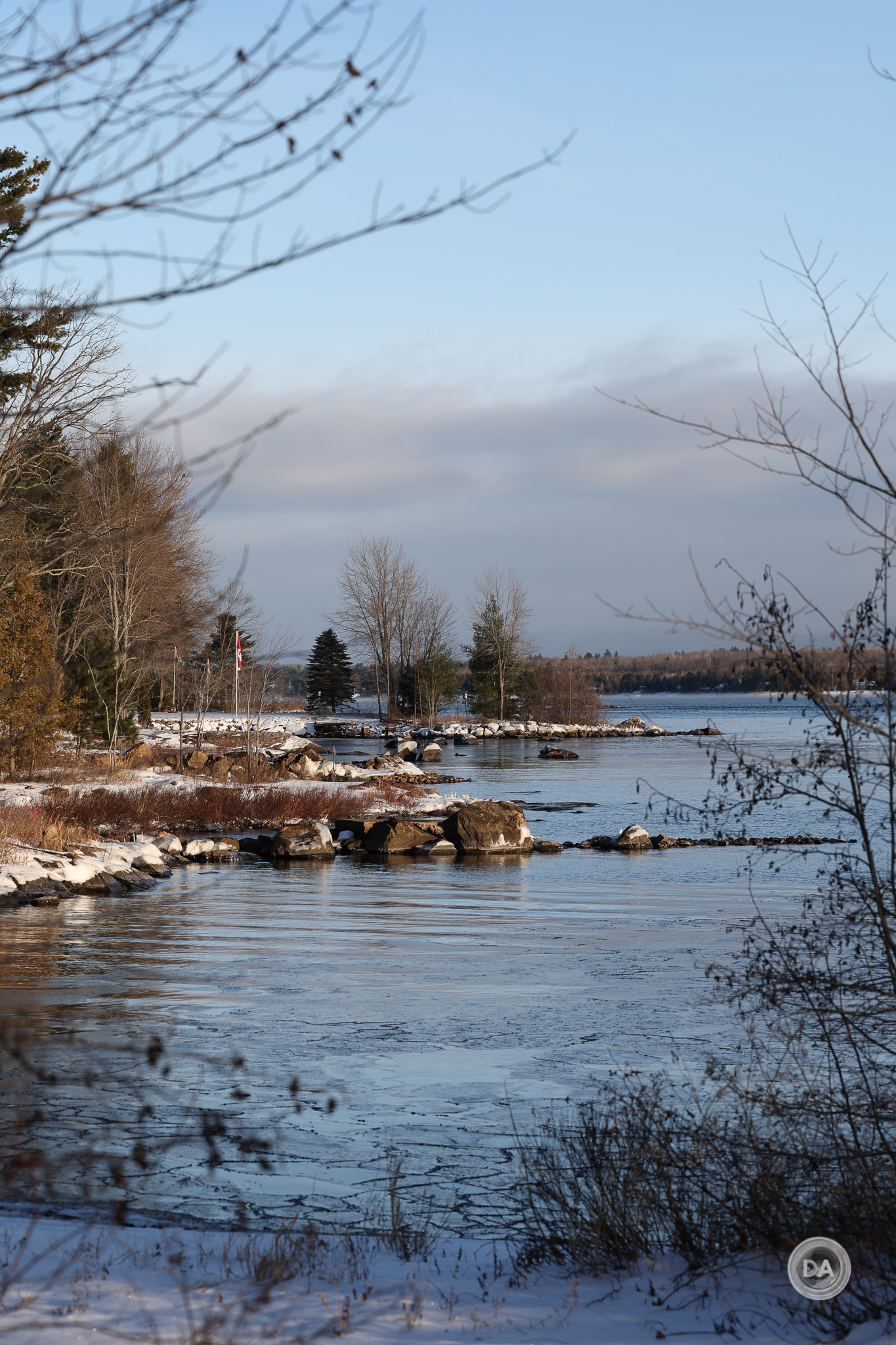
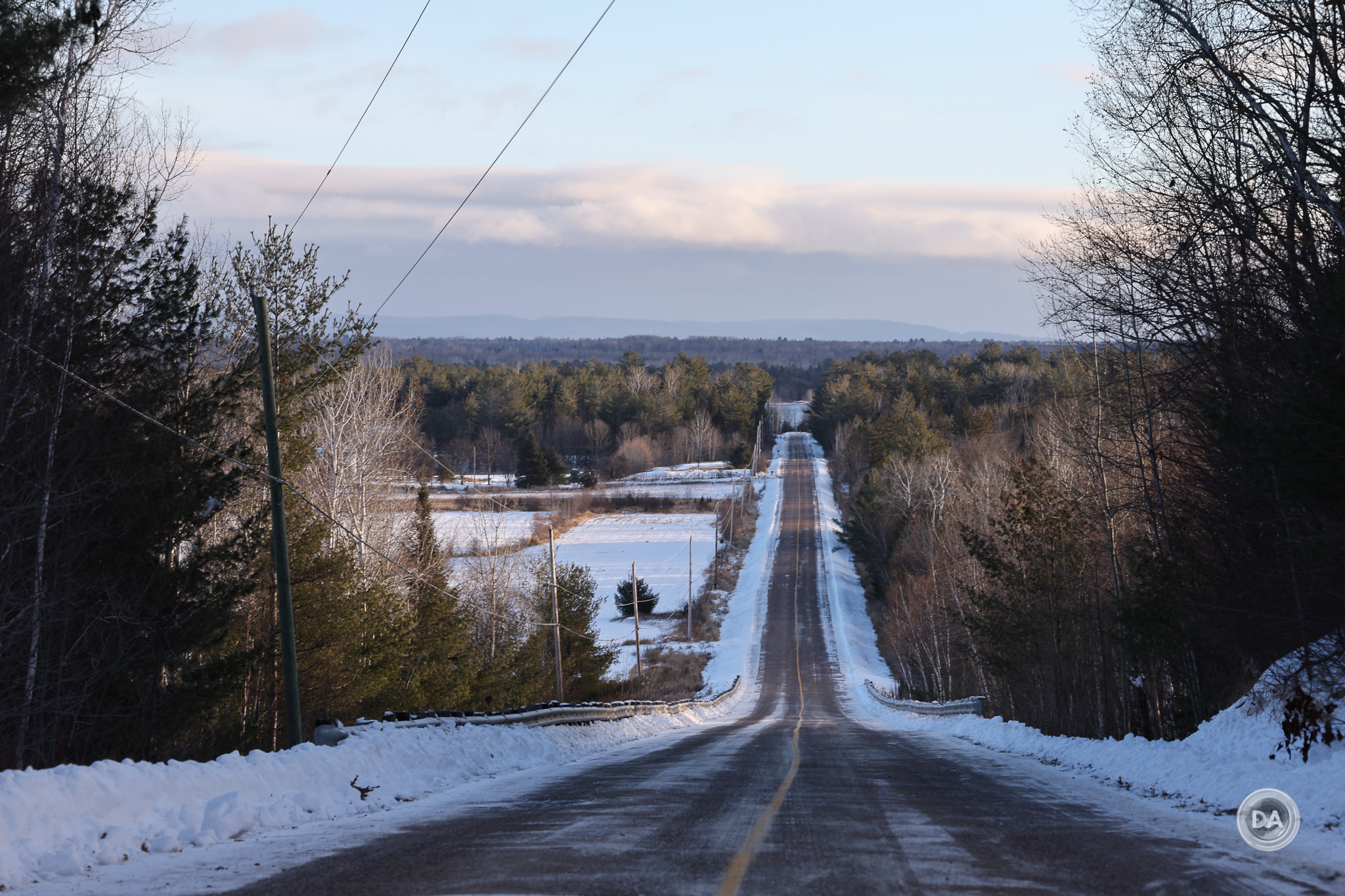
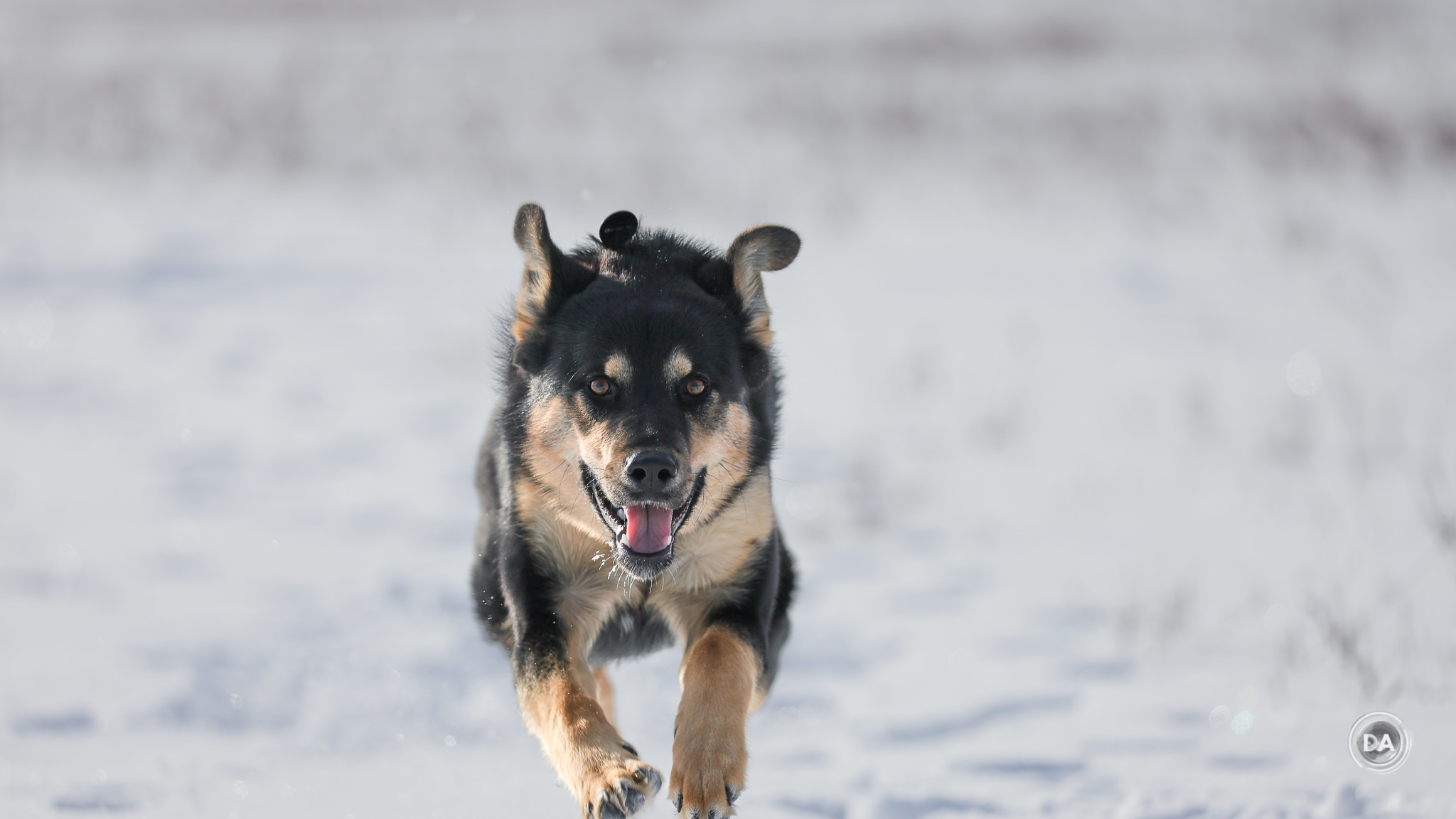
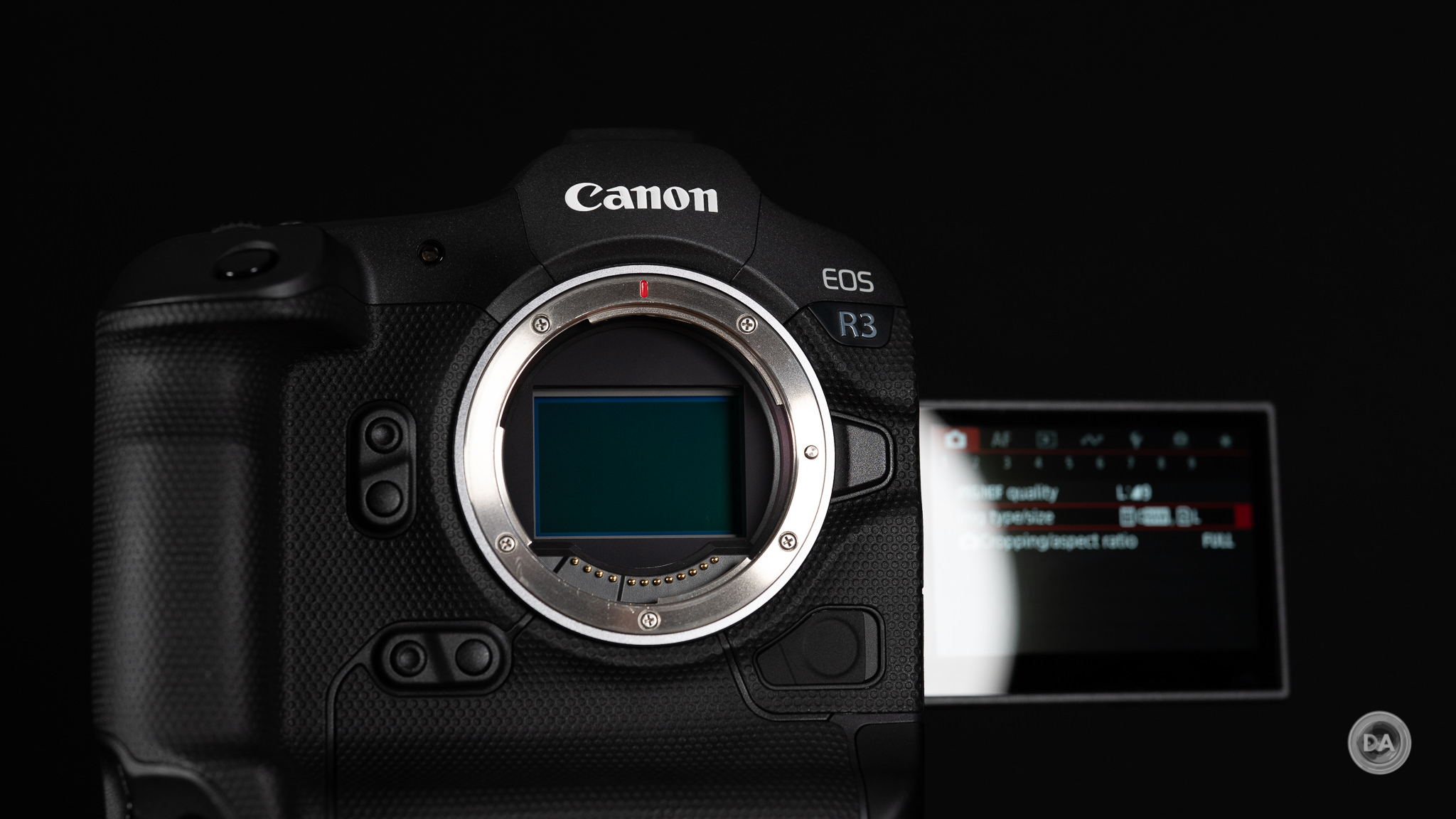

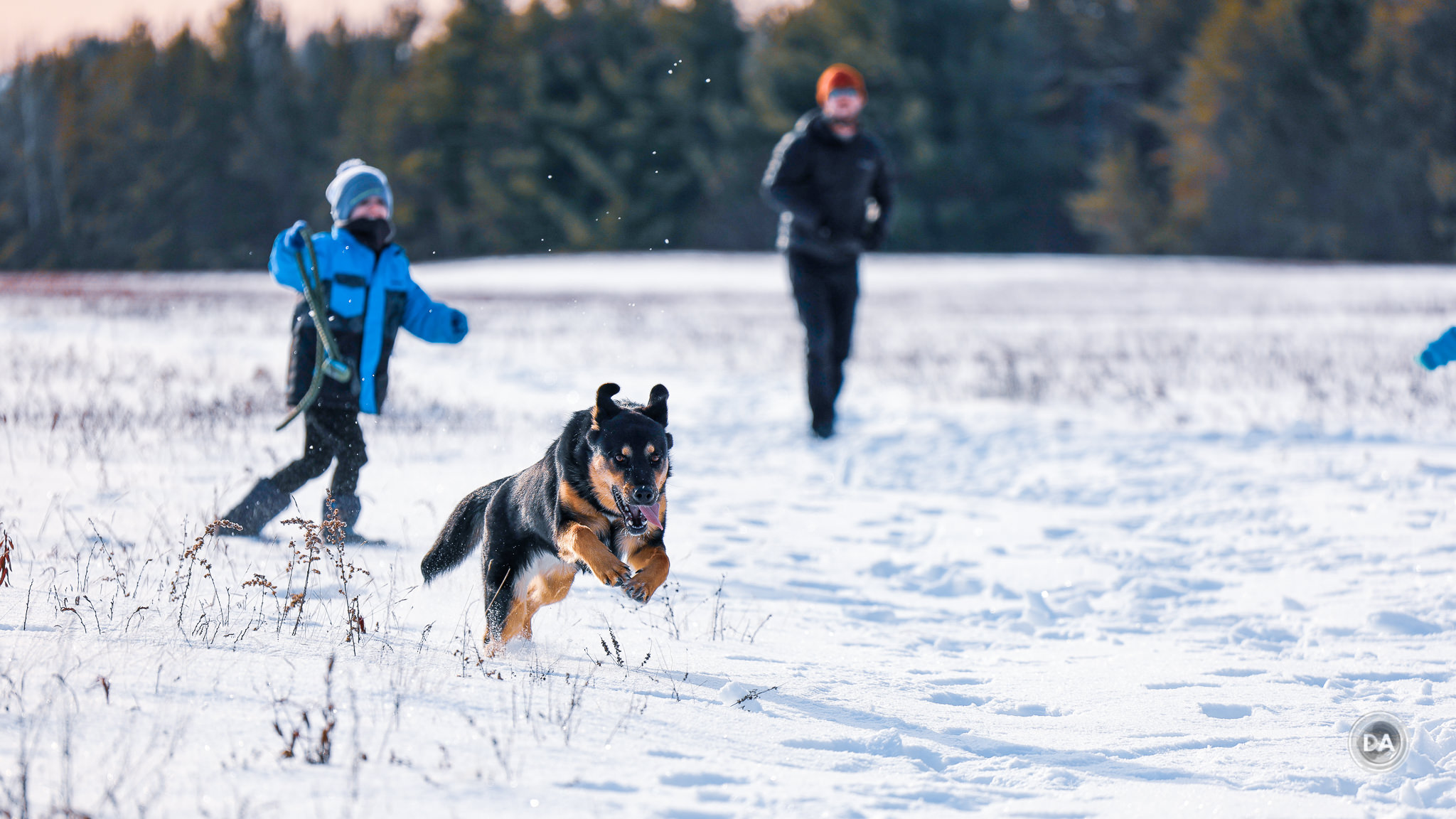
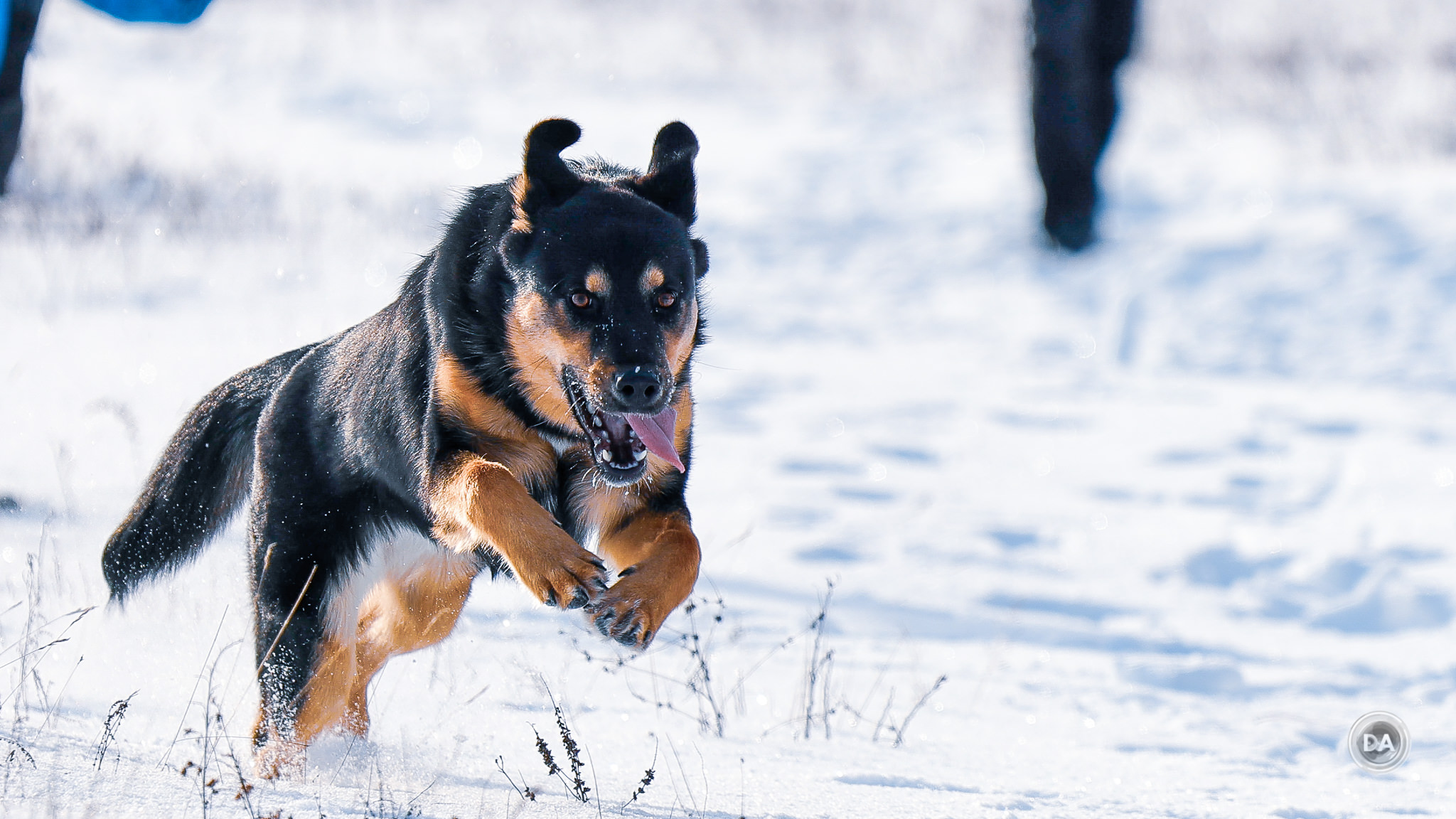


 Viltrox Pro AF 85mm F1.4 FE Gallery
Viltrox Pro AF 85mm F1.4 FE Gallery  Viltrox AF 85mm F1.4 PRO FE Review
Viltrox AF 85mm F1.4 PRO FE Review  Yongnuo YN 35mm F1.8 ART Gallery
Yongnuo YN 35mm F1.8 ART Gallery  Yongnuo YN 35mm F1.8 DA ART Review
Yongnuo YN 35mm F1.8 DA ART Review 



One thought on “Canon EOS R3 Review”